Table of Content
Hangzhou | Itinerary & Accommodation
Hangzhou, a popular tourist destination in China since ancient times, is blessed with beautiful scenery and a cultural heritage that has been cultivated since ancient times. With its long history, Hangzhou is worth a longer visit. But what should you do if you have limited time? If time is limited, it is best to stay near the West Lake and visit the Ten Scenic Spots of West Lake, Baoshi Mountain, and Lingyin Temple in the vicinity with the West Lake as the center point.
If you are fast enough, you can do all these sightseeing in one day, but if you don't want to get too tired, we recommend you to arrange at least a two-day tour with one night's accommodation near the West Lake.
Looking for Hangzhou Accommodation Comparison?
Hangzhou Attractions | West Lake
If you want to enjoy the serenity of the West Lake, it is best to go out at 6:30 in the morning. In the morning, the West Lake is not yet occupied by tourists, and only the uncles and mothers who get up early to go out for exercise can enjoy the scenery of the West Lake slowly. If you go out early, the boatmen have not started their business in the morning, and there is only one small boat in the center of the lake, which is really like a poem or painting.
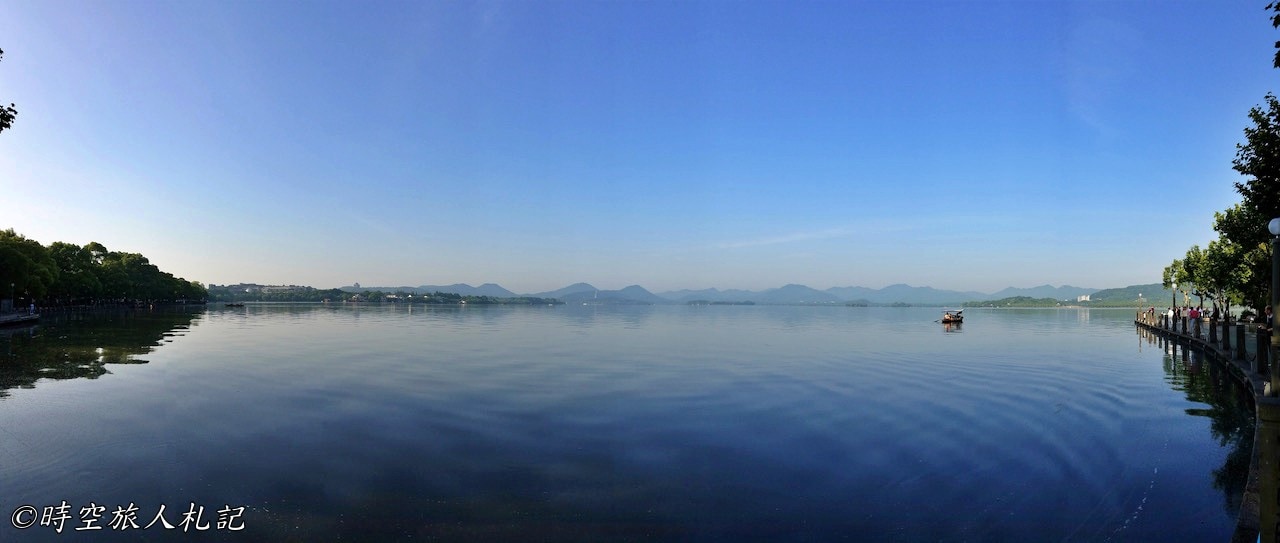
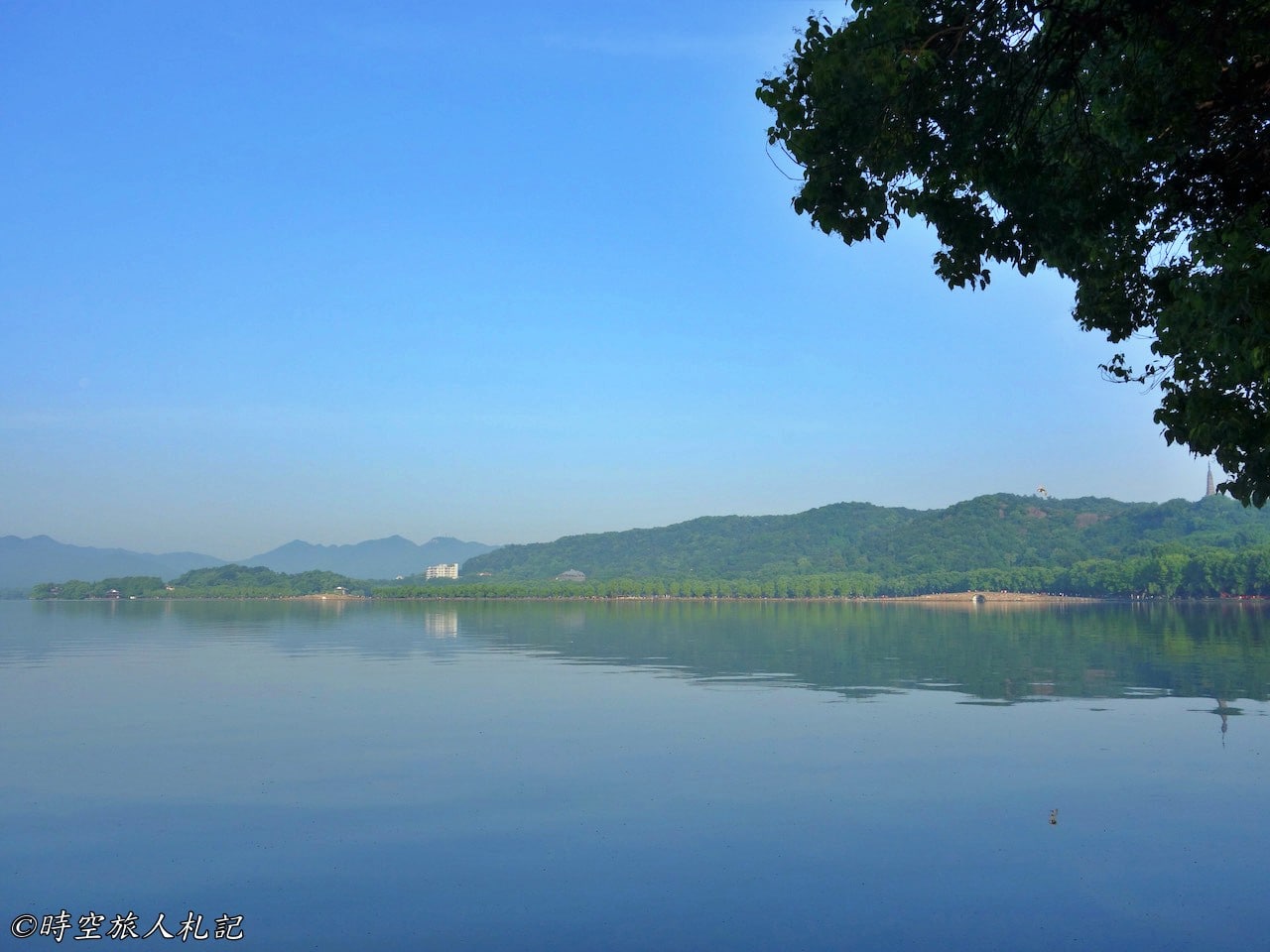
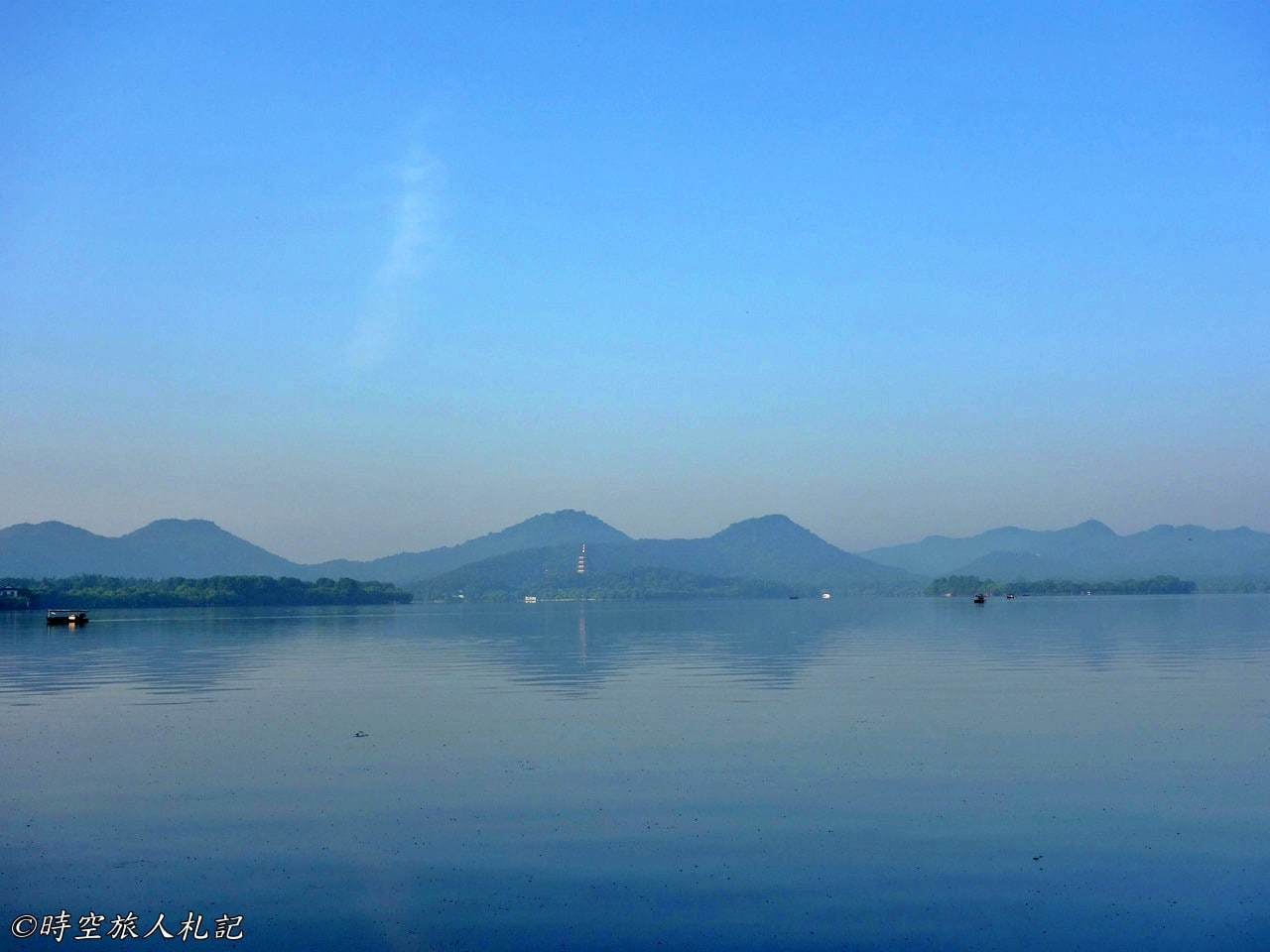


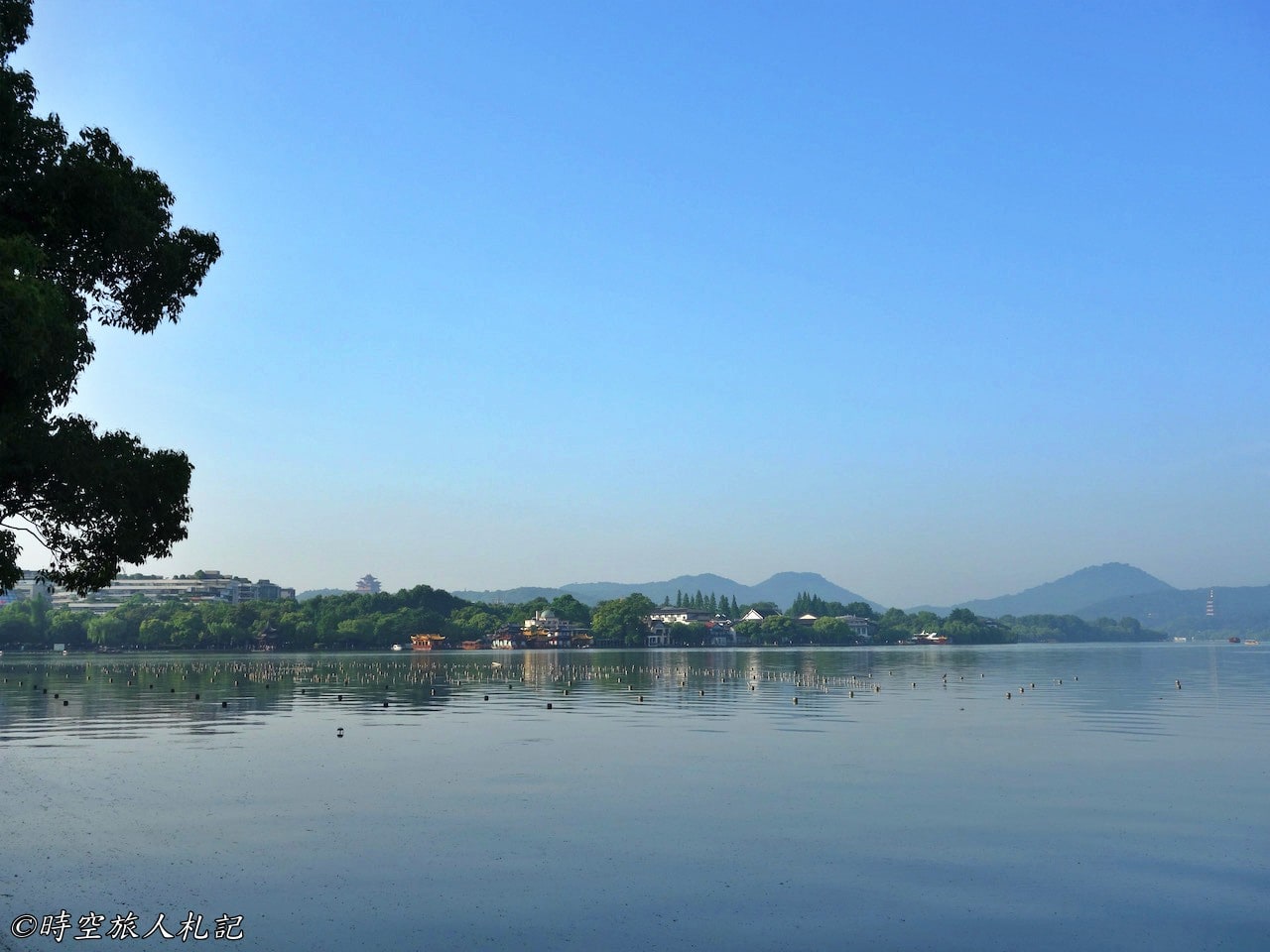
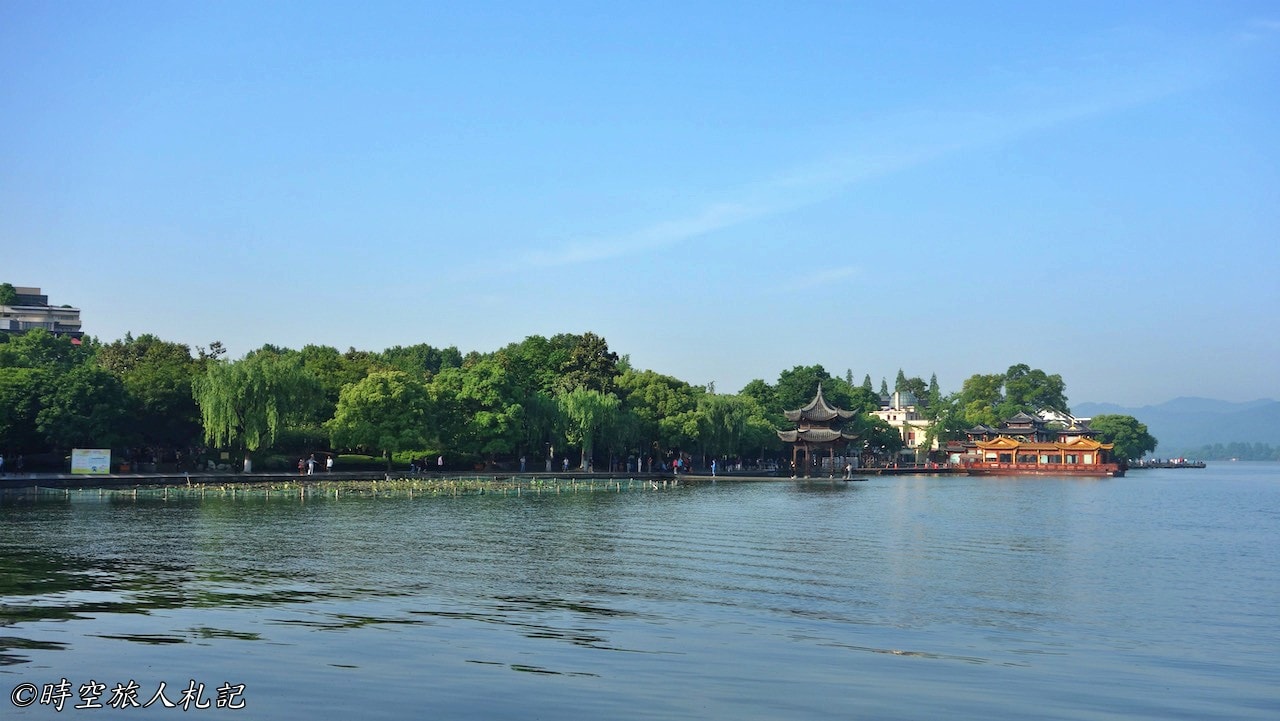

West Lake is the most important attraction in Hangzhou. Since the Southern Song Dynasty, people have called the ten most representative attractions theTen Scenes of West LakeIn the Qing Dynasty, the number of scenic spots was increased to eighteen. The ten scenic spots are located at the edge of the West Lake or in the middle of the lake, and it is not easy to walk through all ten scenic spots because some of them have to be seen only in certain seasons. In any case, when you come to West Lake, you have to walk around the lake.
Eighteen Scenic Spots of West Lake | Pavilion Bay Riding Shooting
The Jixian Pavilion is the only pavilion situated on the West Lake and is one of the 18 scenic spots of the West Lake in the Qing Dynasty. Approaching the pavilion, there is a monument in the pavilion, "Tingwan Riding and Shooting". During the Qing Dynasty, this was the place where Qianlong used to parade his troops during his trips to the south of the Yangtze River. Historically, Jixian Pavilion has been rebuilt a few times and renamed a few times. The most recent one was in 2012, when the old pavilion suddenly collapsed in a storm, and the one you see now is actually the one that has been rebuilt in the past few years.
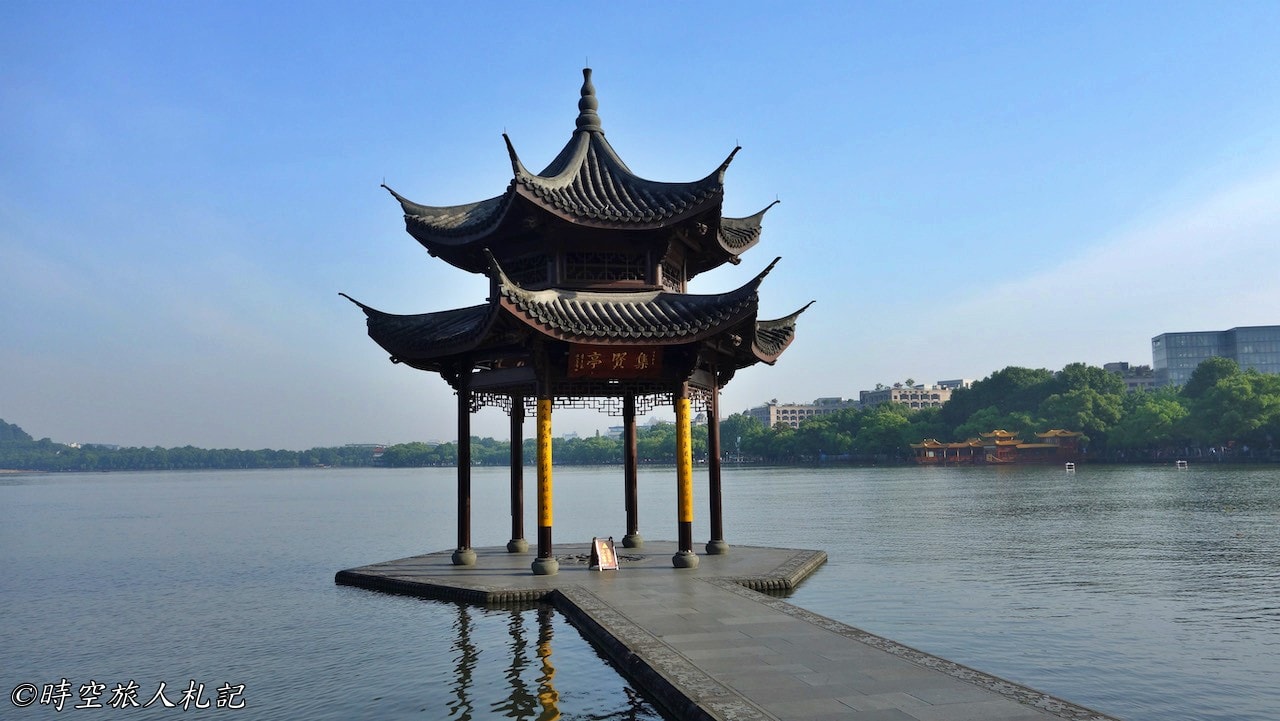
Eighteen Scenes of West Lake | Scent of the Evening Festival
There is another pavilion on the bank opposite to the Jixian Pavilion. The stone tablet on the side is engraved with the words "The fragrance of the evening festival", which comes from Han Qi's "Chongyang" of the Song Dynasty: "Don't be ashamed of the old garden's pale autumn appearance, and look at the fragrance of the cold flowers in the evening festival.
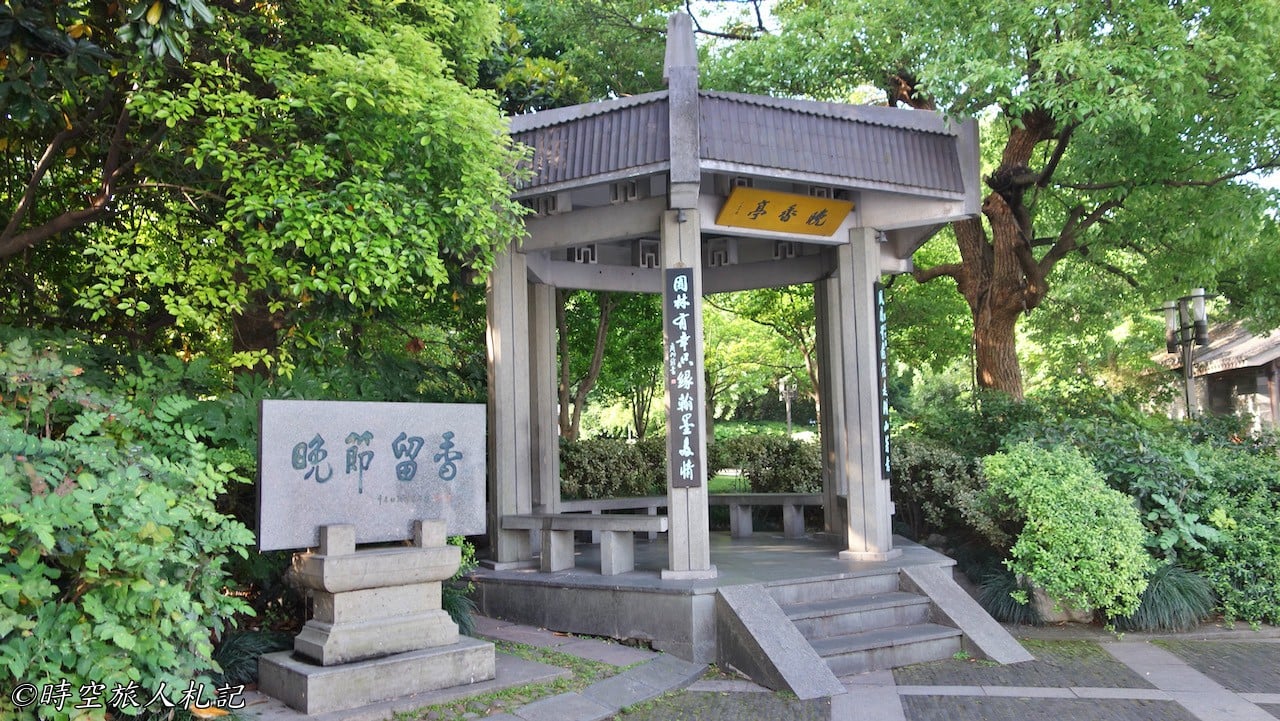
Ten Scenes of West Lake | The Willow Wave Warbler
Liu Lang Wen Ying was formerly the imperial garden during the Southern Song Dynasty. Along the lakeside walkway, you can also walk all the way to Xihu Tiandi, where many high-end stores are located.
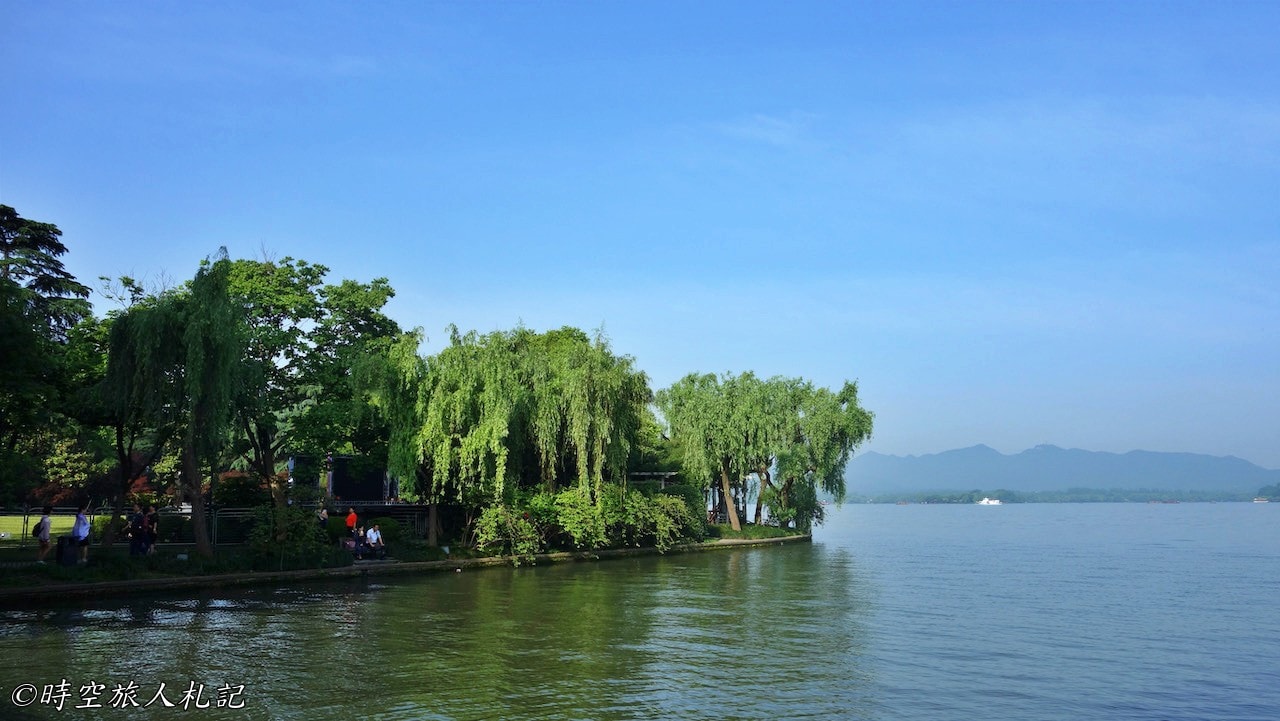
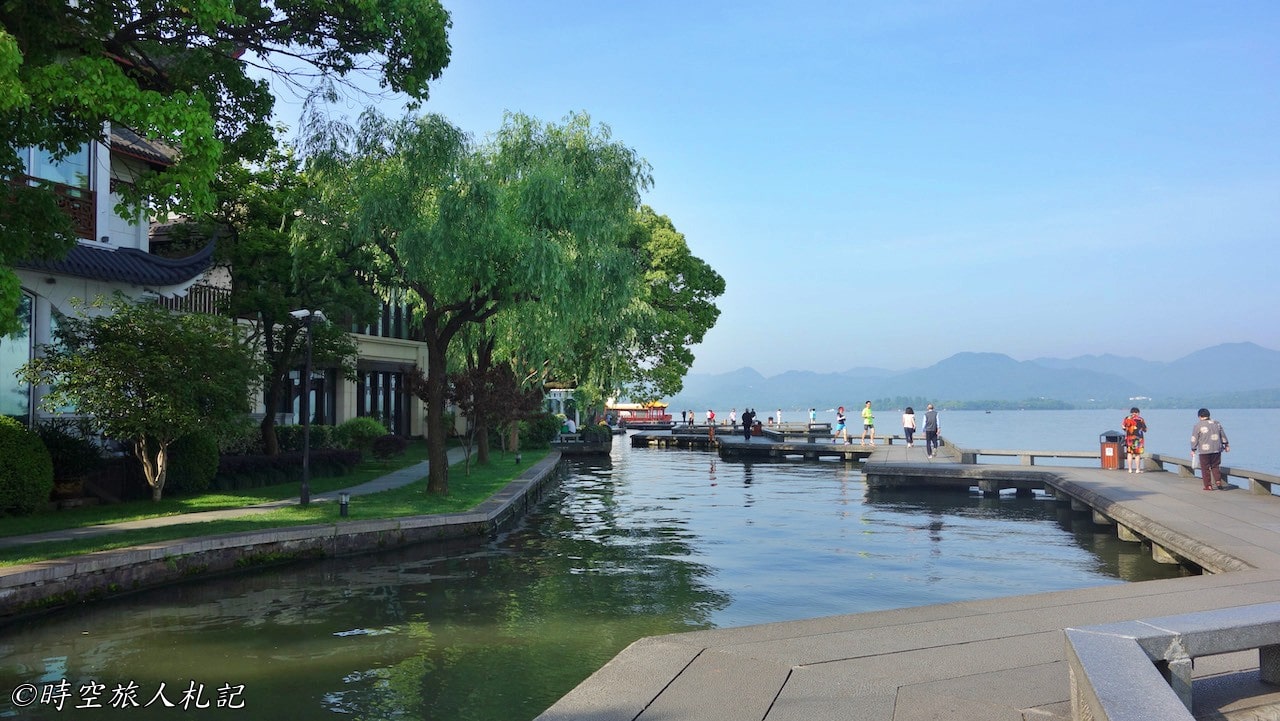
Ten Scenic Spots of West Lake | Three Pools and the Printing Moon
San Tan Yin Yue is the largest island in the West Lake, there are many attractions on the island, the main focus is the garden landscape, is the classic work of Jiangnan water garden, landscaping to present the image of the lake in the island, island in the lake.
The cruise started at 8:00 p.m. and the ticket for the boat ride plus the San Tan Yin Yue was 55 yuan. I boarded the boat from the pier near the Jixian Pavilion, and took a floating boat to the destination of San Tan Yin Yue. After disembarking from the boat, I passed by a few buildings and stepped into the Nine Curved Flat Bridge, on which there were four pavilions of different shapes.
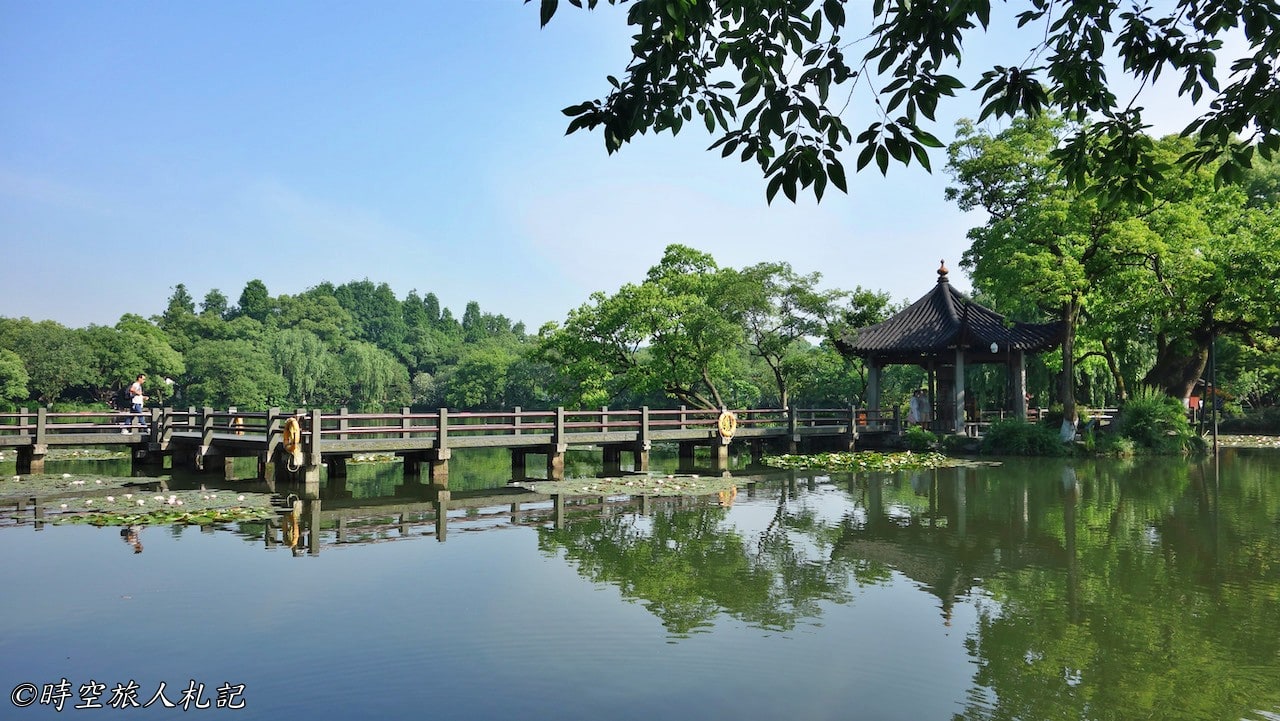
My Heart's Desire Pavilion is the best place to see the famous San Tan Stone Pagoda. San Tan Stone Pagoda is the three stone pagodas in the south of the island, with a height of 2.5 meters, originally built by Su Shi, the current pagoda was rebuilt in the Ming Dynasty. Pagoda belly for the sphere, there are five equidistant round holes, night light hole shadow into the lake, it became a lot of lake moon, so called the three pools Yin Yue.
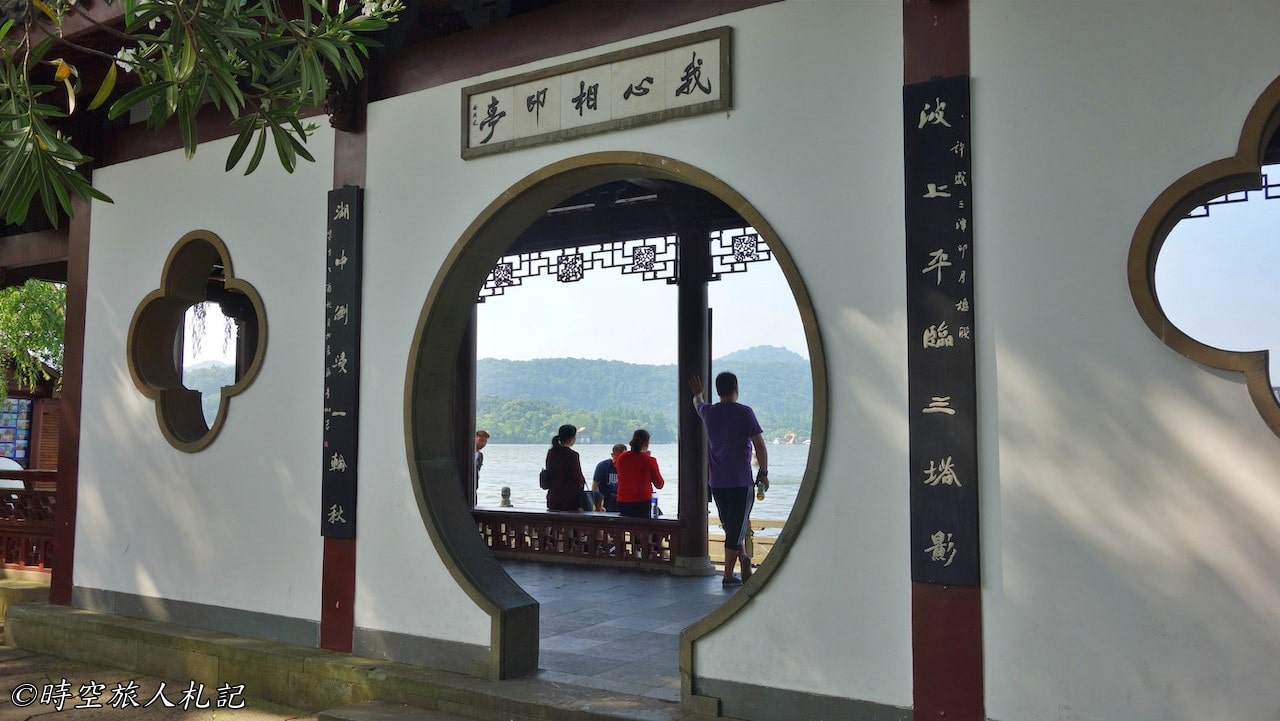
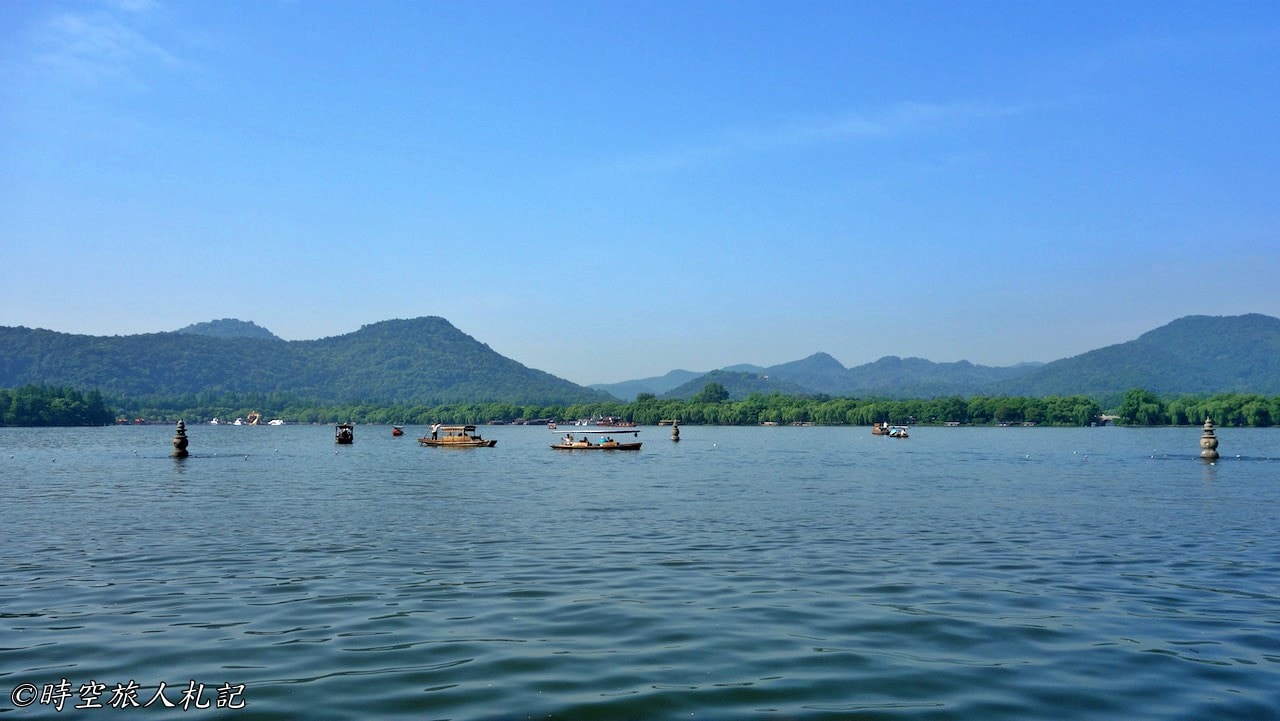
The Three Pools and the Indian Moon are connected by a stone bridge in the middle of the island in the shape of a field. Walking to the center of the island, you will see the stone monument of the Three Pools and the Moon.
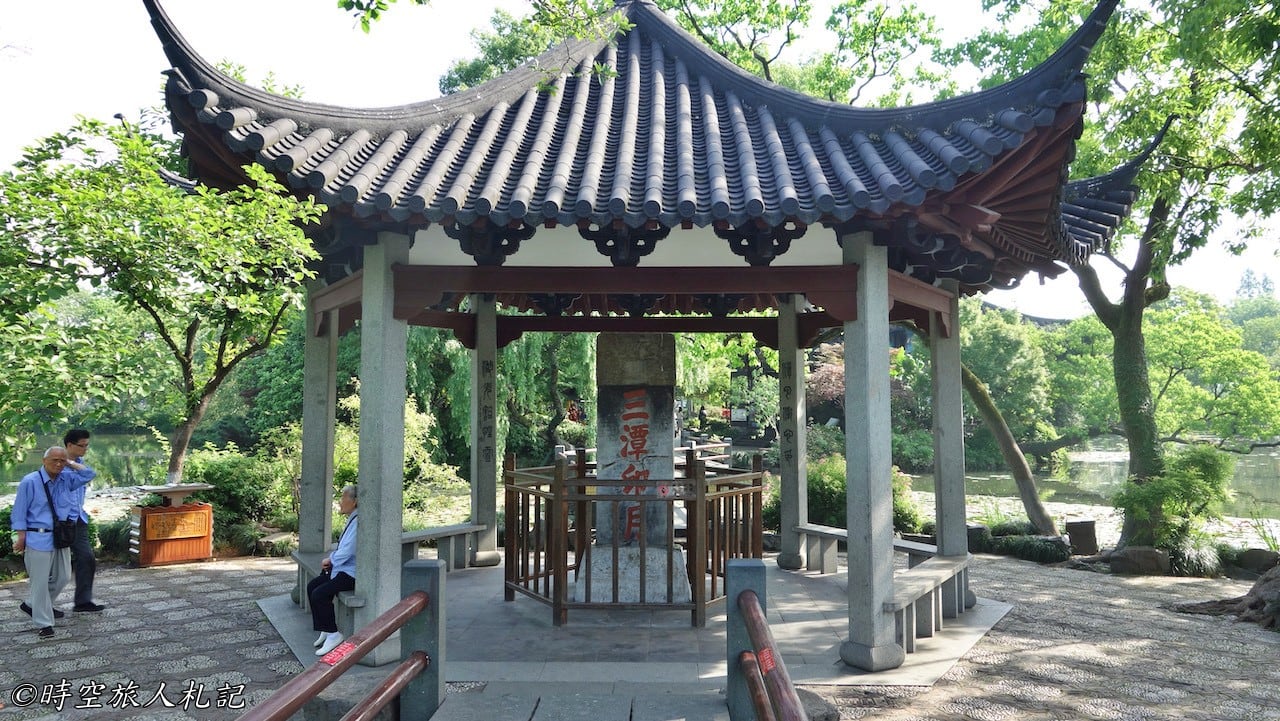
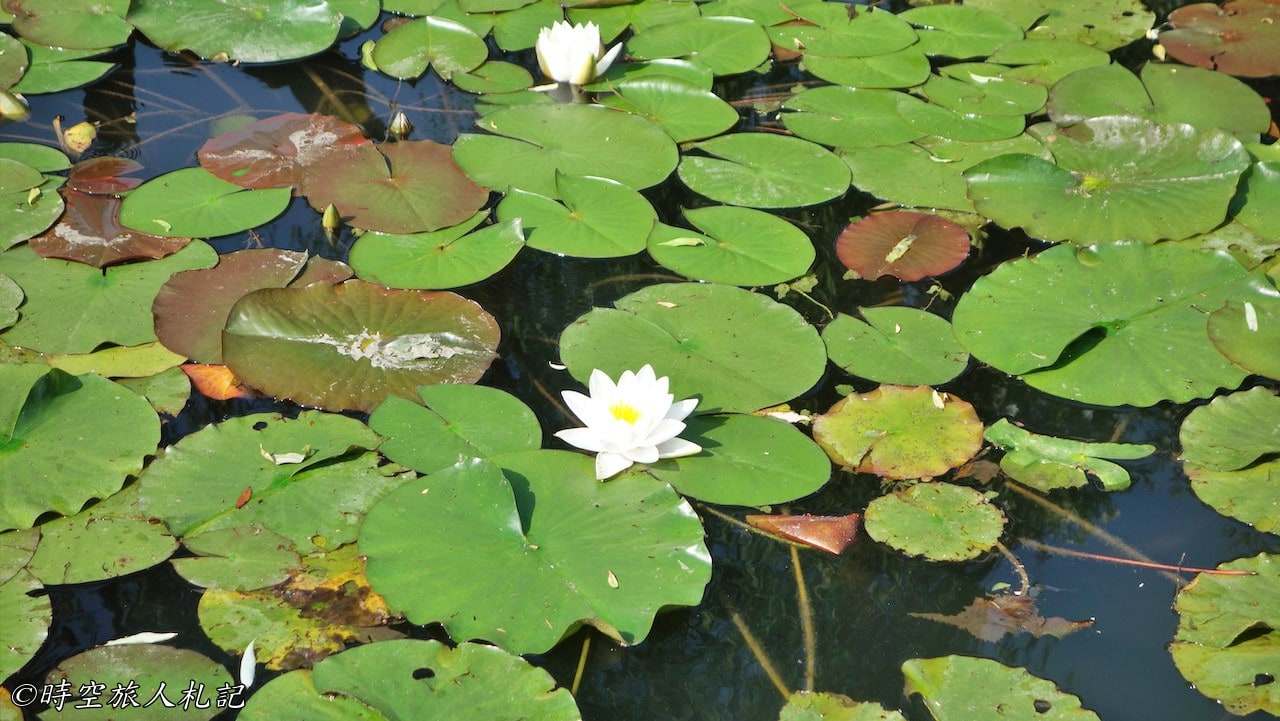
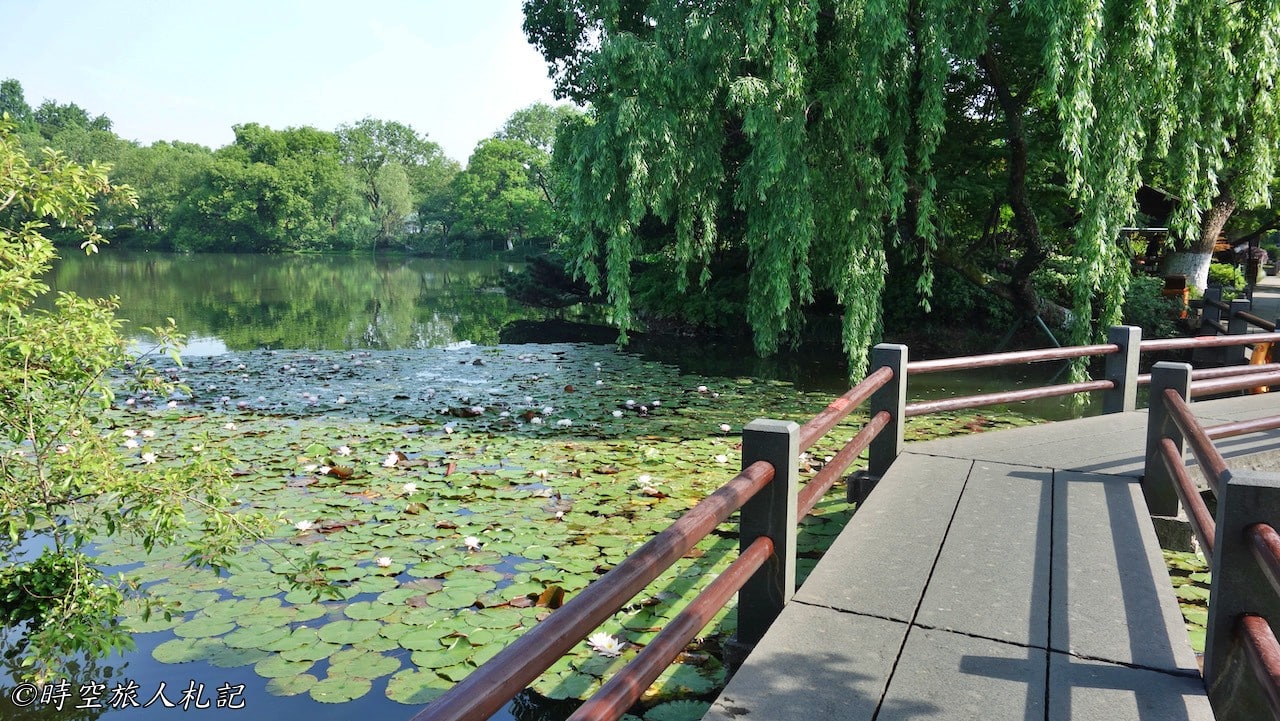

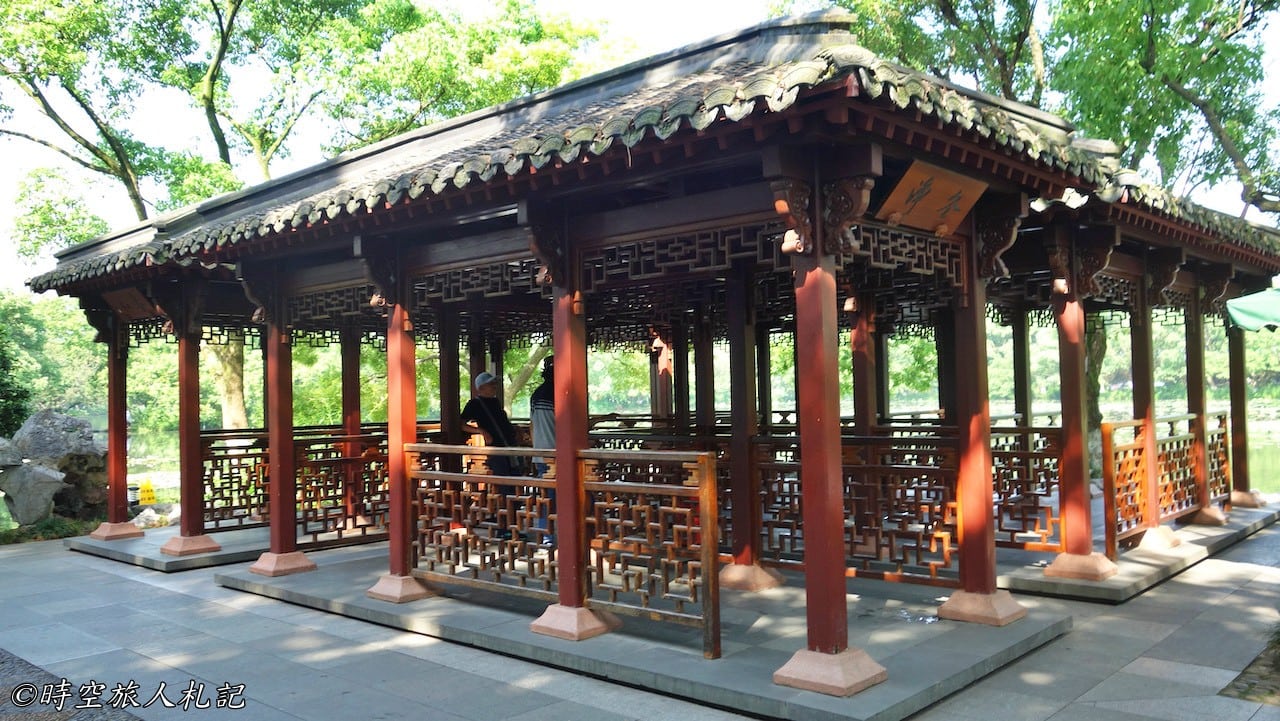
After passing the three pavilions, the short wall on the right is inscribed by Kang Youwei as "Bamboo Paths Lead to Seclusion", which attracts visitors to explore the place.


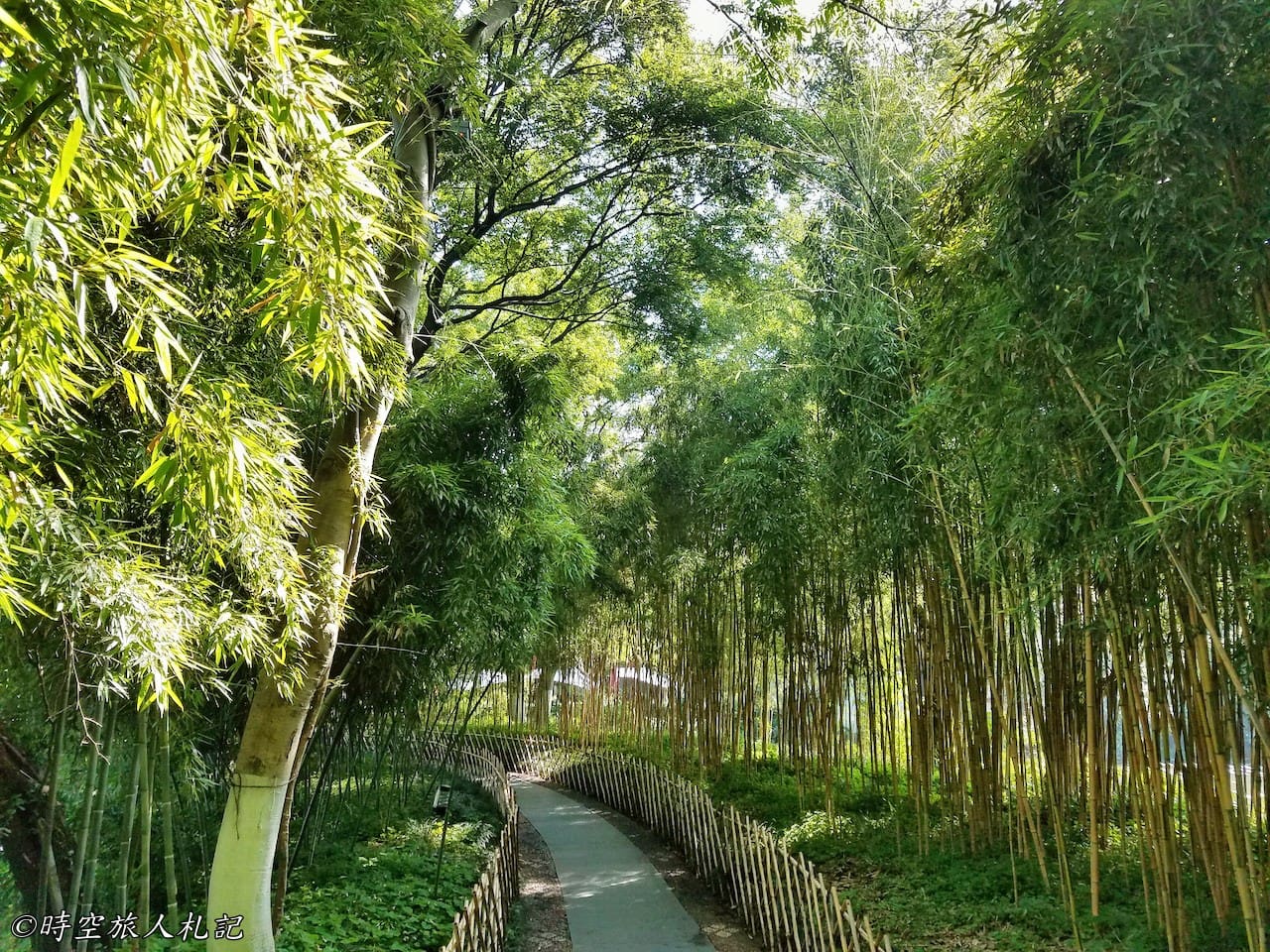
At the north end of the building, there is a plaque of the Three Pools and the Moon, and the interior introduces the Ten Scenic Spots of West Lake through the ages. The name of the Ten Scenic Beauties of West Lake originated from the landscape paintings of the Southern Song Dynasty. At that time, the literati included the Ten Scenic Beauties in their poems, but the Ten Scenic Beauties were different from each other, probably because there were so many beautiful scenery in West Lake that it was difficult to reach a certain consensus. In any case, the nomination of the Ten Scenic Spots has changed from time to time over the years, and the Ten Scenic Spots became more widely known in the Qing Dynasty when Kang Xi inscribed the names and Qianlong wrote poems about the Ten Scenic Spots.
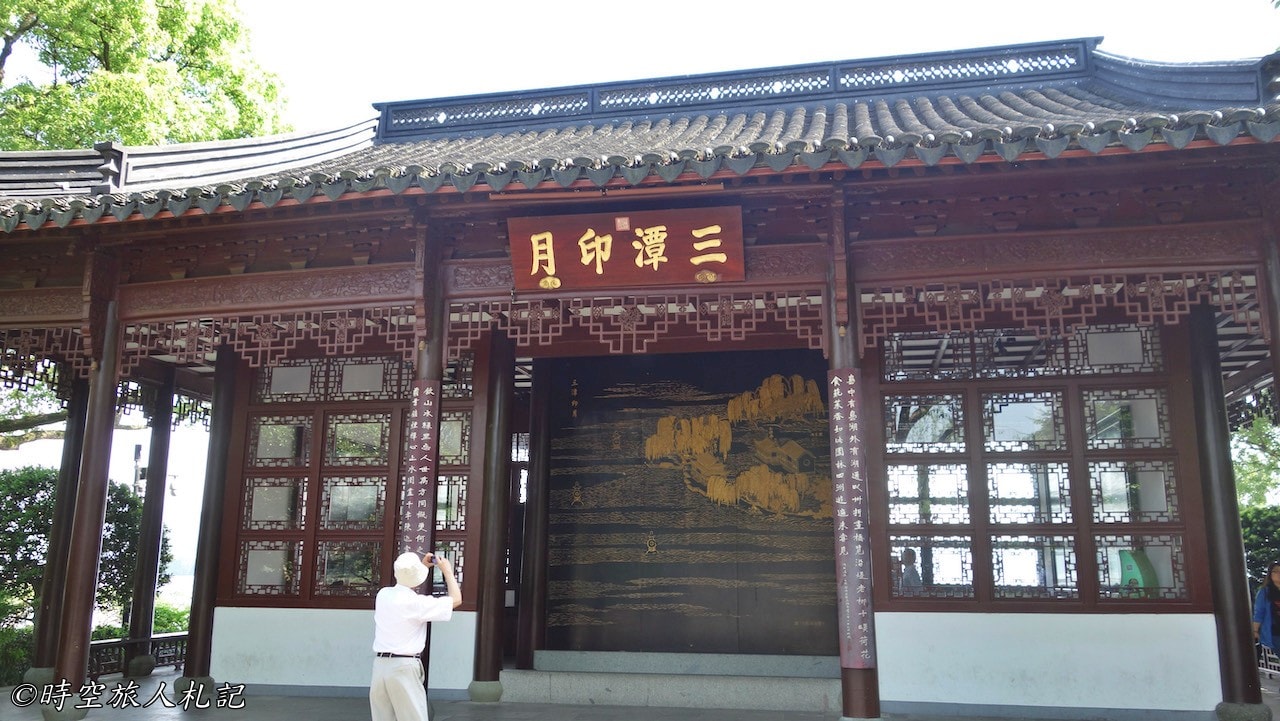
The small pavilion on the stone bridge behind the Pantheon is very distinctive, with only three pillars.

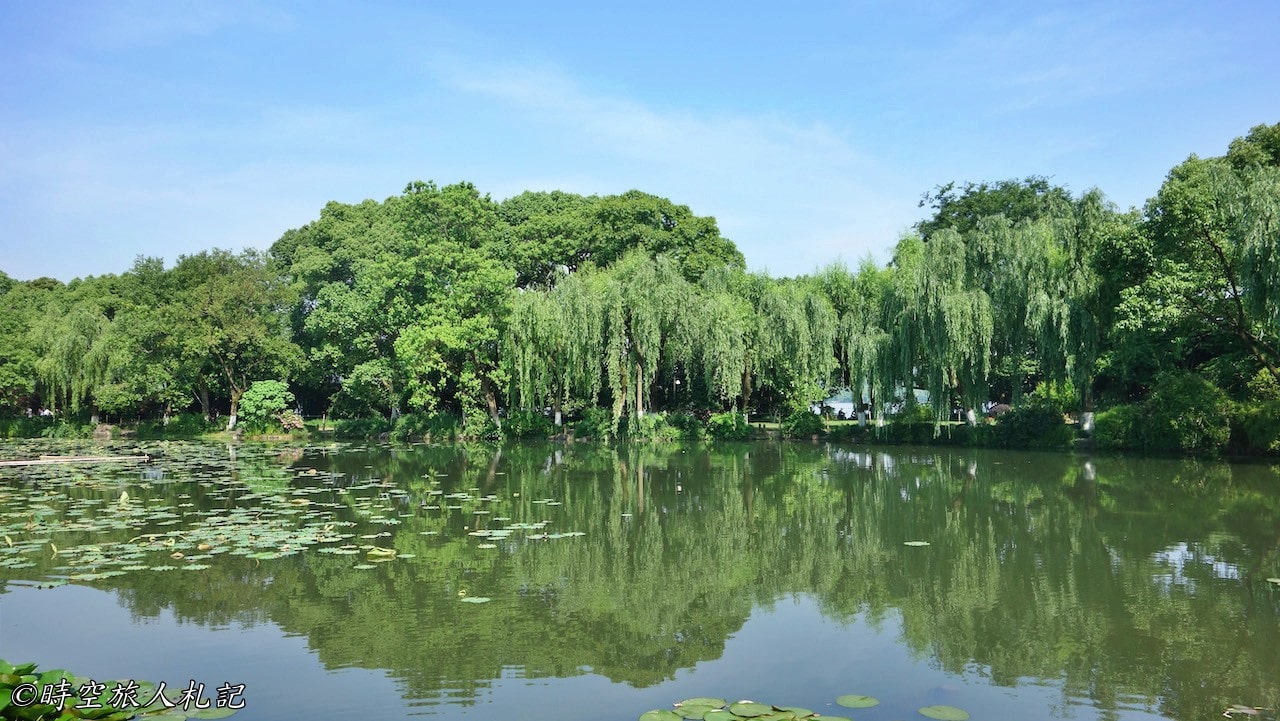

White Causeway | Ten Scenes of West Lake | Broken Bridge and Broken Snow | Autumn Moon on Pinghu Lake
The White Causeway is one of the three embankments of the West Lake, starting from the Broken Bridge in the east to the Autumn Moon of the Pinghu Lake in the west and the Lonely Mountain in the west. About the origin of its name, it used to be called White Sand Causeway, but it was renamed White Causeway to commemorate Bai Juyi's integrity and sagacity when he was the assassin of Hangzhou. Bai Juyi said in "Spring Walk on Qiantang Lake", "I love the east side of the lake not enough, white sand embankment in the shade of green poplar" refers to this place.
By the time I arrived at the White Causeway by boat, it was already a different atmosphere along the West Lake, and the White Causeway was crowded with tourists. I grabbed my cell phone and rented a bicycle to ride across the White Causeway.
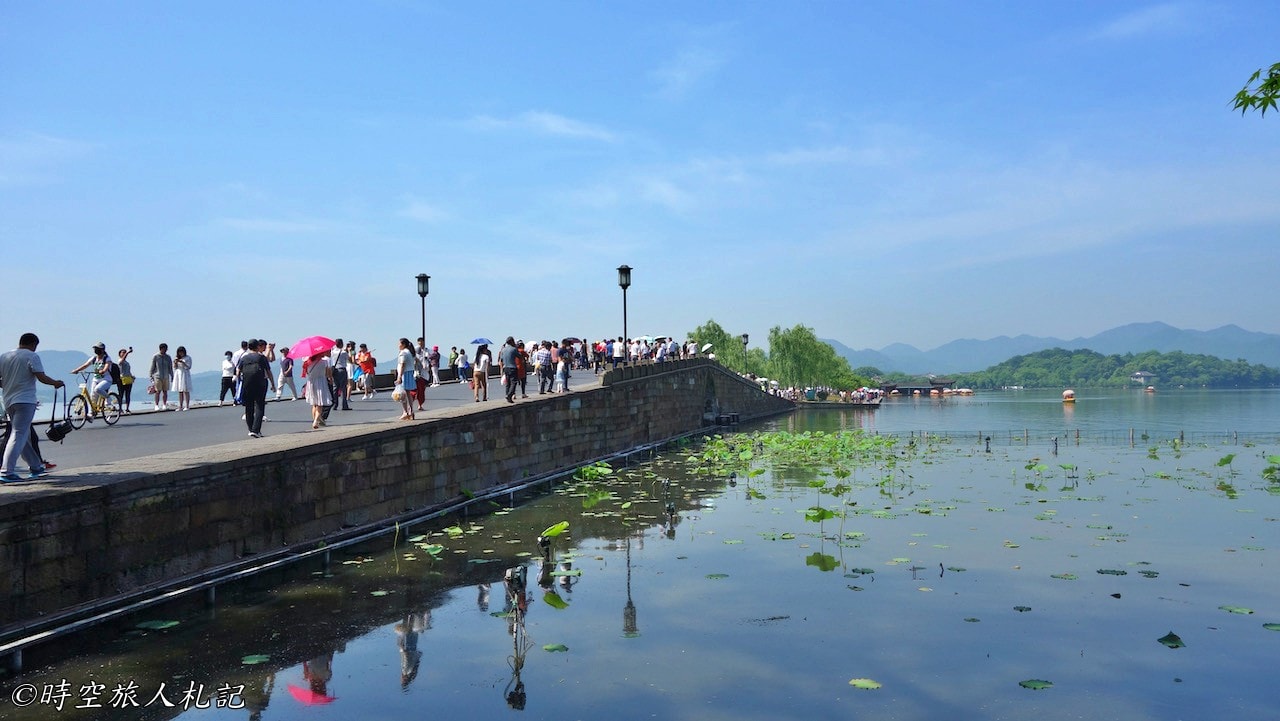
Both ends of the White Causeway are famous for the Ten Scenic Spots of West Lake, but it was summer when I came here, so it was not the right time to see either the Broken Bridge or the Autumn Moon on the Pinghu Lake. The snow breaks the bridge and the moon over the Pinghu Lake is the best time to see the bridge from a distance in winter snow, while the moon over the Pinghu Lake is suitable for viewing at night in autumn when the weather is high and fresh. In summer, when there are many tourists, the scenery is still beautiful, just like a normal lakeside park.


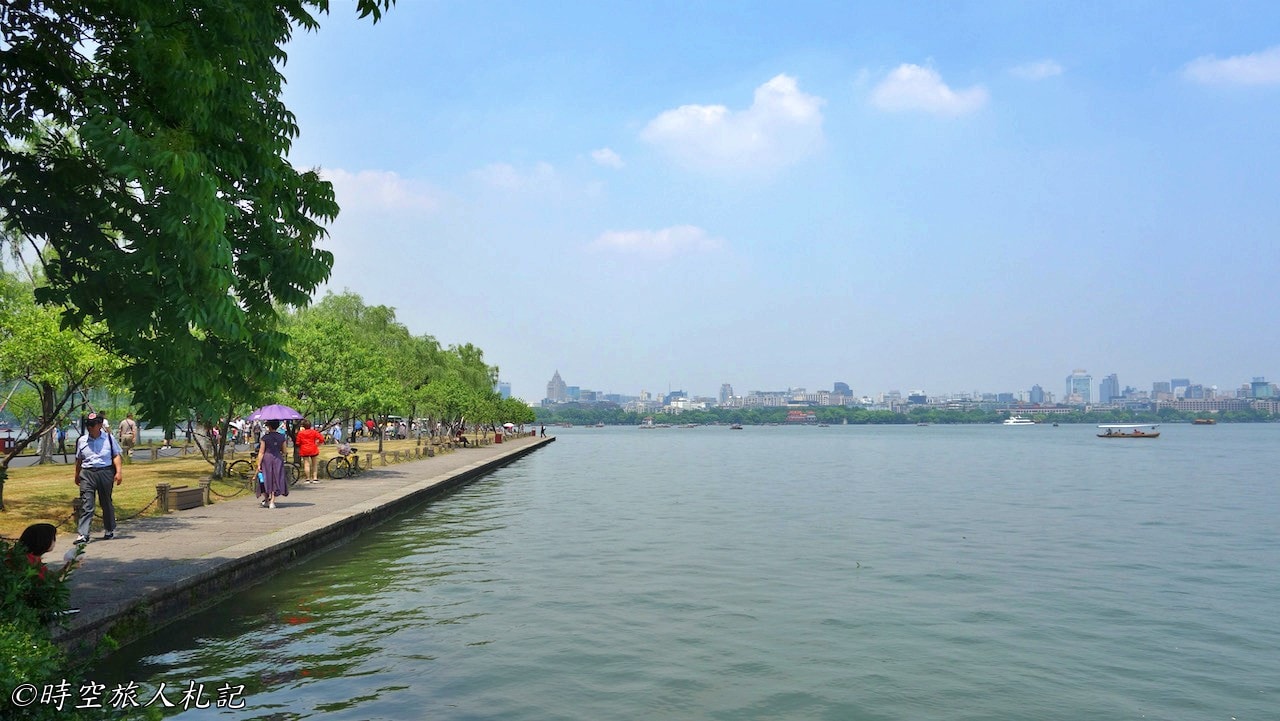
Nakayama Park
Zhongshan Park was converted from the imperial garden of the Qing Dynasty palace, and the garden is richly decorated with twists and turns, and has been honored as the "World Scenery of West Lake".

Xiling Printing Society
The Xiling Seal Society is located in the southwest of Lone Mountain, on the road that leads from the White Causeway to the Su Causeway. It is the earliest printing society established in China and the longest academic society in the world for the study of stone and seal carving, and is known as the center of printing research and the first famous society in the world. Founded in the 1930s of the Qing Dynasty, Xiling Yinshe has a long history. The building itself includes a number of ancient monuments from the Ming and Qing dynasties. Because it was built on a mountain, it has three parts, the upper, middle and lower parts, and is filled with the writings of famous people, blending humanities and natural scenery, making it the essence of the Lonely Mountain garden.
The main buildings of the Xiling Printing Society include the Park Hall, the Bamboo Pavilion and the Yangxian Pavilion, and there is also the Museum of Printing, which has a collection of more than 6,000 pieces of paintings, calligraphy and seals from the past.
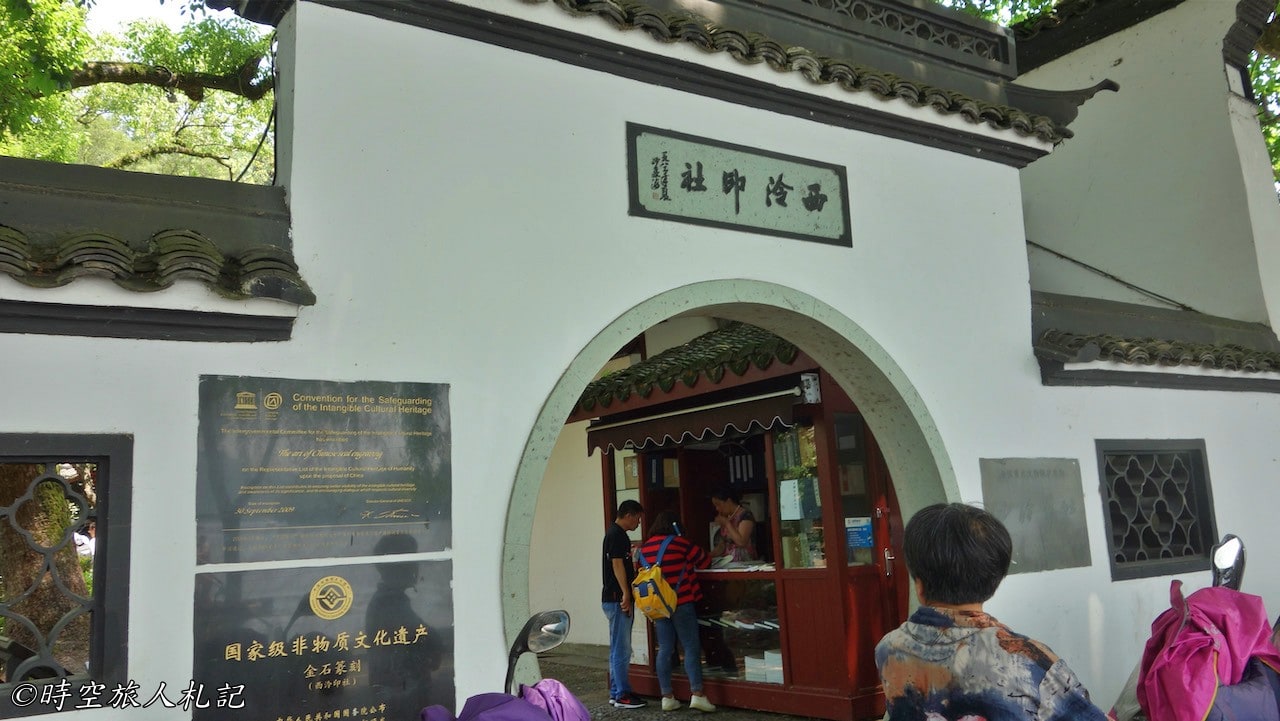
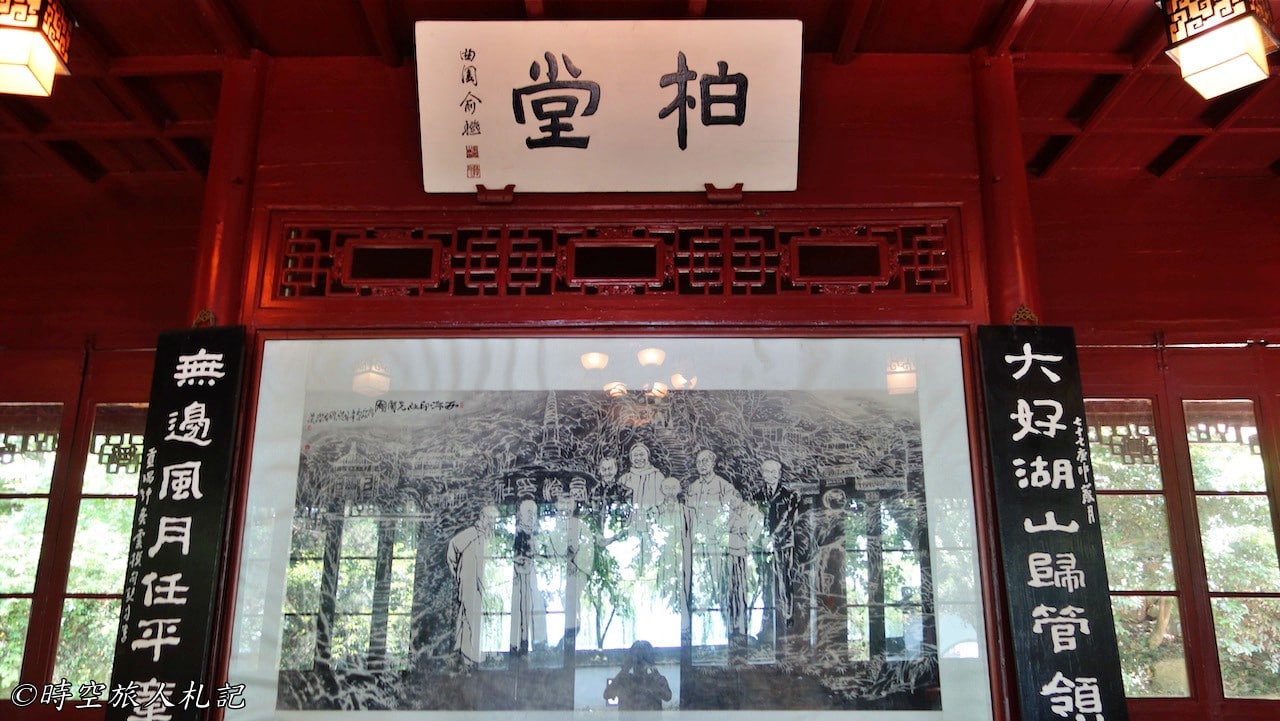
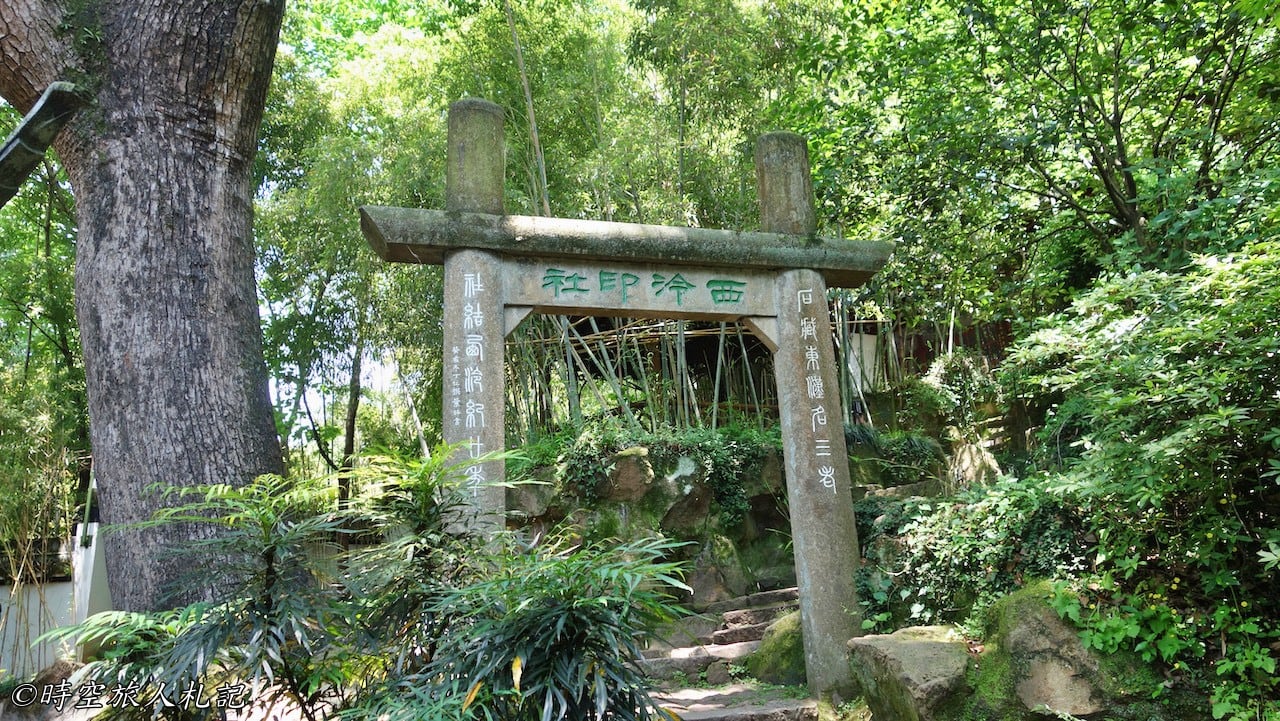

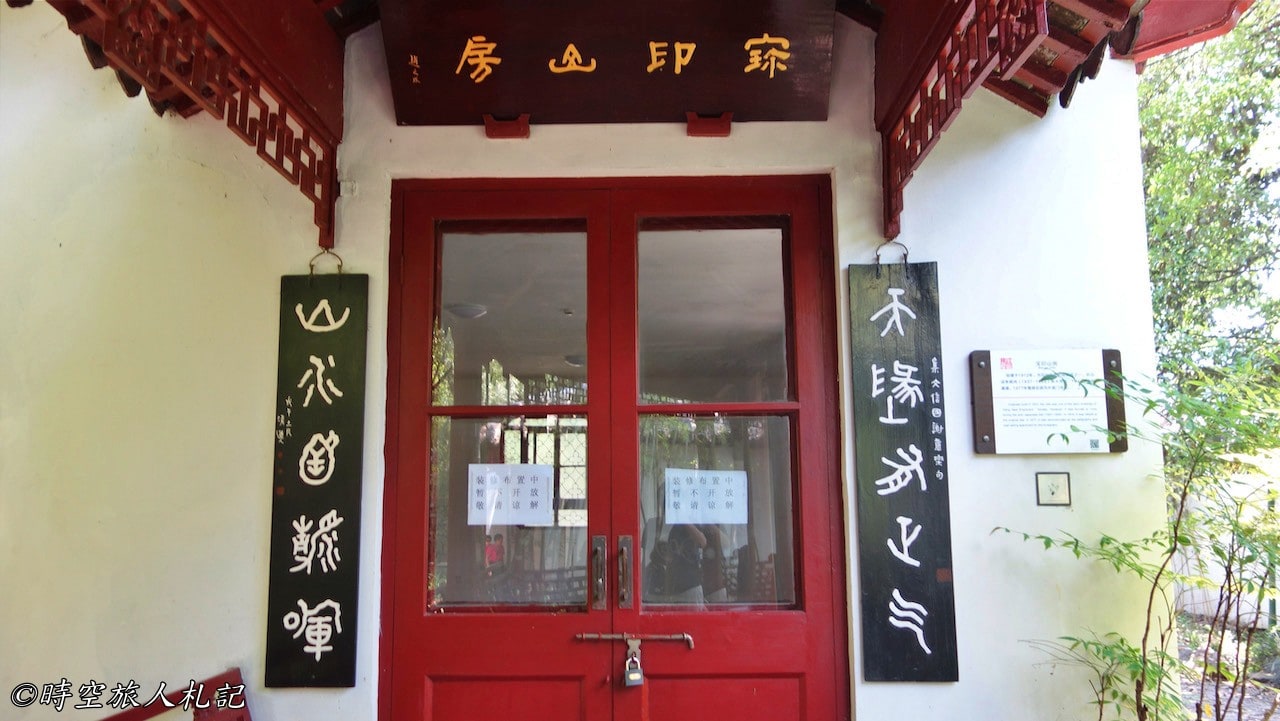
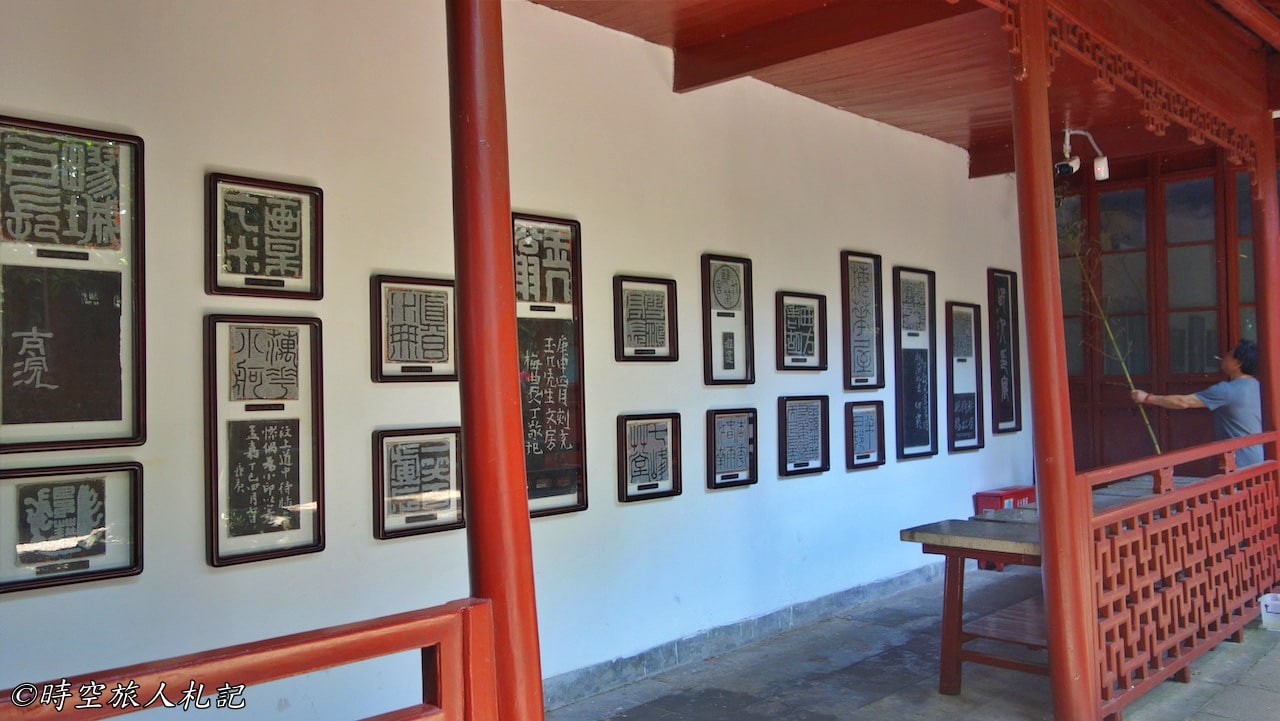
Yue Wang Temple
King Yue Temple is located at the northwest corner of West Lake. It is a memorial place for Yue Fei, a famous general of the Southern Song Dynasty. A plaque of the temple is hung in the center of the head gate, and the couplet on both sides is Yue Fei's famous poem "Thirty years of fame and fortune, eight thousand miles of road, clouds and moon".
There are many King Yue Temples all over China, but this one in Hangzhou is the most famous because Yue Fei was buried here, so it is also known as Yue Fei's Tomb. Yue Fei was executed by Emperor Gaozong of the Song Dynasty on trumped-up charges at Hangzhou's Fengbo Pavilion. After his death, his body was stolen by the prison guards and secretly buried next to the Jiuqu Cong Shrine. Twenty years later, Emperor Xiaozong of Song issued a decree to vindicate Yue Fei and offered a reward to find his body. The son of the jailer told the court about the original burial site, and Emperor Xiaozong of Song later moved Yue Fei's body to the present Yue Wang Temple in a grand manner.
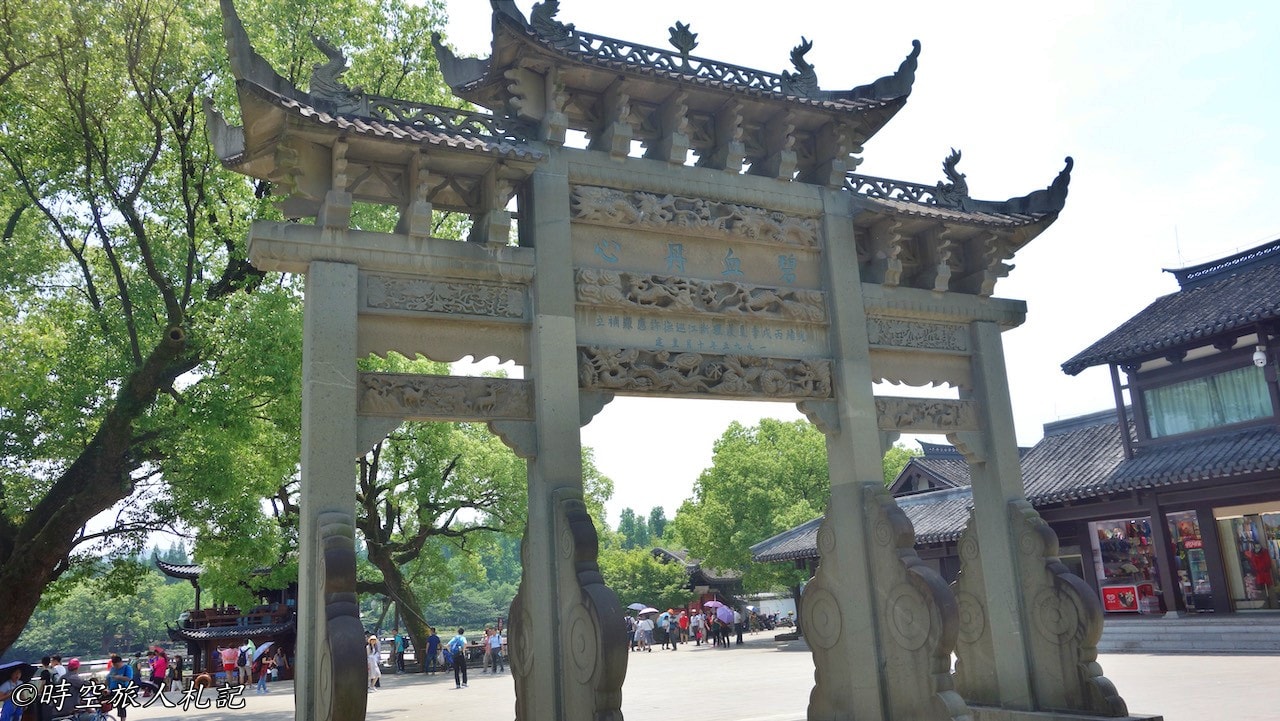

Ten Scenes of West Lake | Spring Dawn on the Su Causeway
Su Causeway is located in the western part of the West Lake. After cycling past the White Causeway, you can turn a corner and get onto the Su Causeway. The Su Causeway is 2.7 kilometers long, starting from Yue Miao in the north and ending at Huagang Guanyu in the south. The east and west sides are called Xili Lake and Outer West Lake respectively, and the scenery is particularly beautiful.
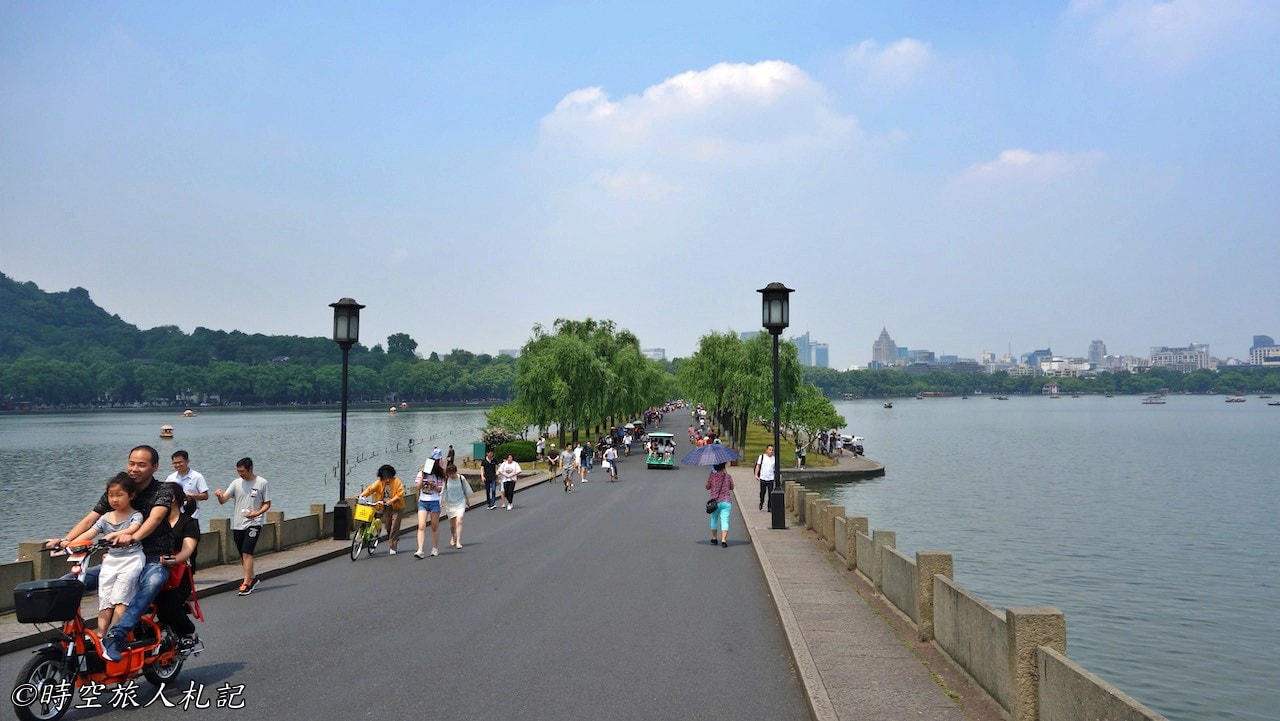

The Su Causeway was built by Su Dongpo, who was the governor of Hangzhou in 1089, so it was named Su Causeway. As it connects the major north and south roads, there were markets in ancient times and Hangzhou residents would come here for leisure. There are six stone arch bridges along the embankment, which are called the Six Bridges of Su Causeway, and the Six Bridges of West Causeway in the Summer Palace of the Qing Dynasty are modeled after the Six Bridges of Su Causeway.
Su Causeway can be said to be full of scenery, maybe that's why the Spring Dawn of Su Causeway is considered to be the first of the ten scenic spots of West Lake. Although it was already fall when I came here, I still found the view of the lake with willows along the shore pleasant. In spring, with more flowers, it will be very beautiful.
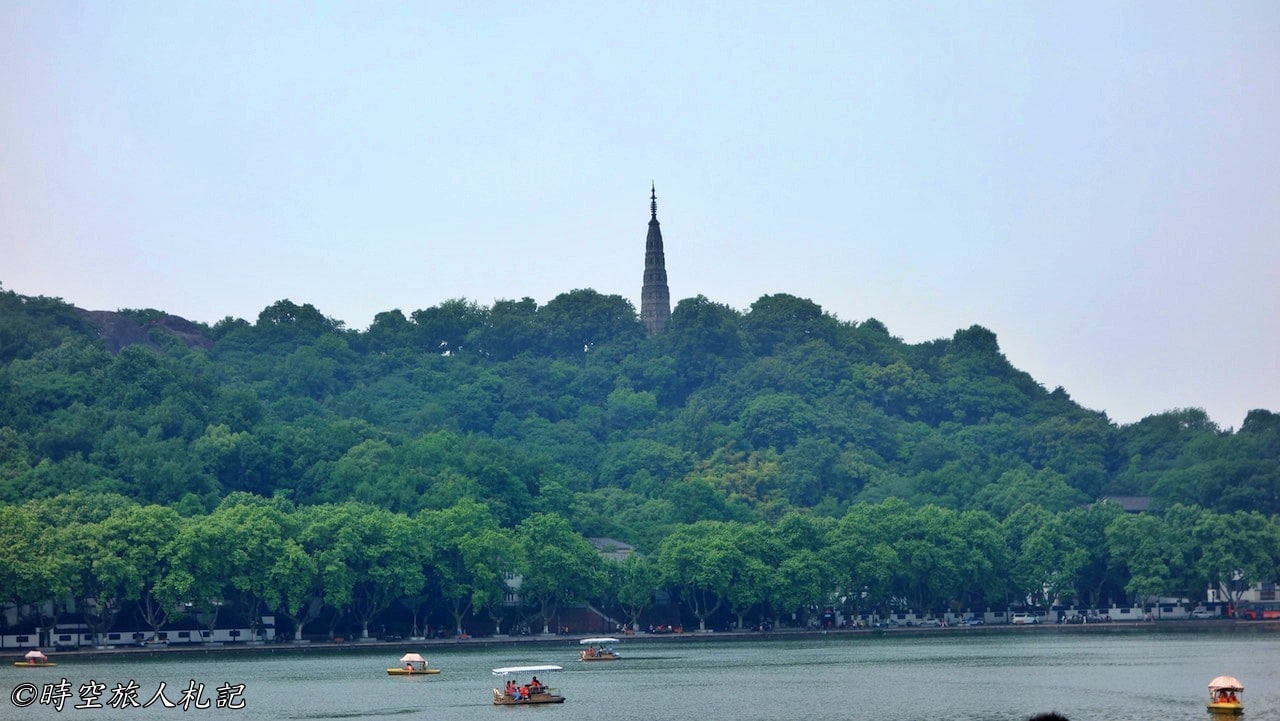
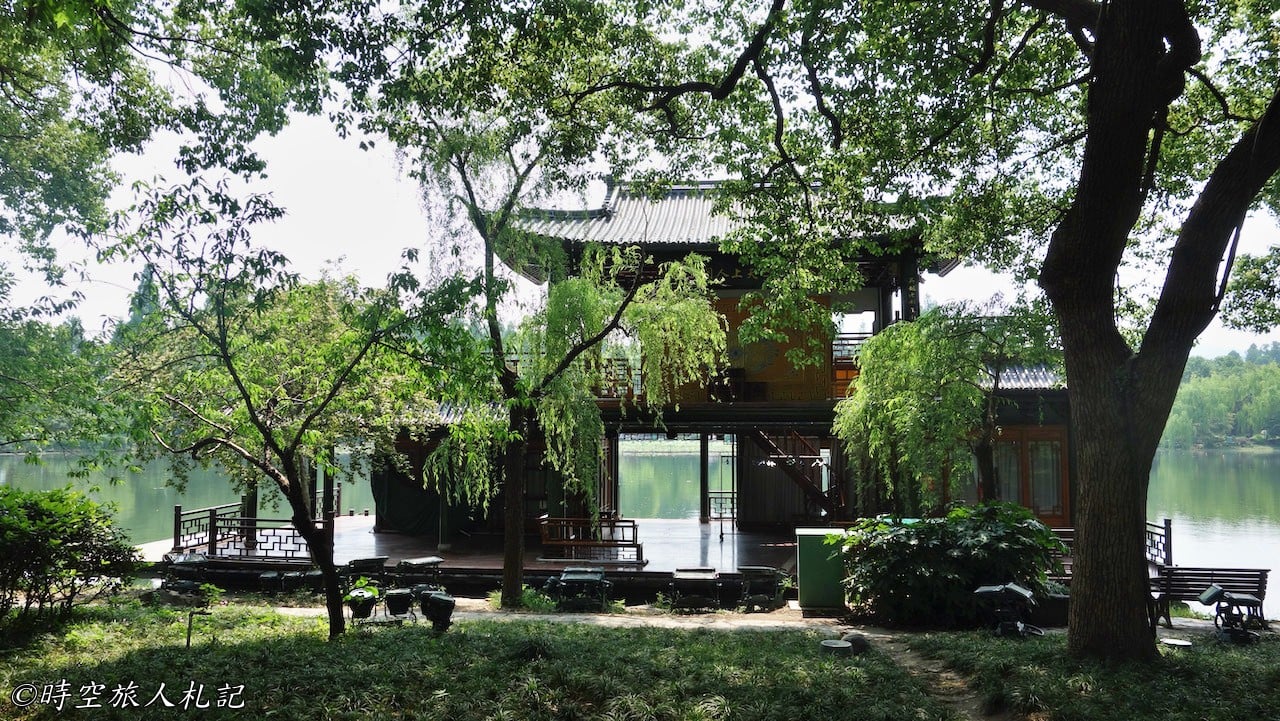
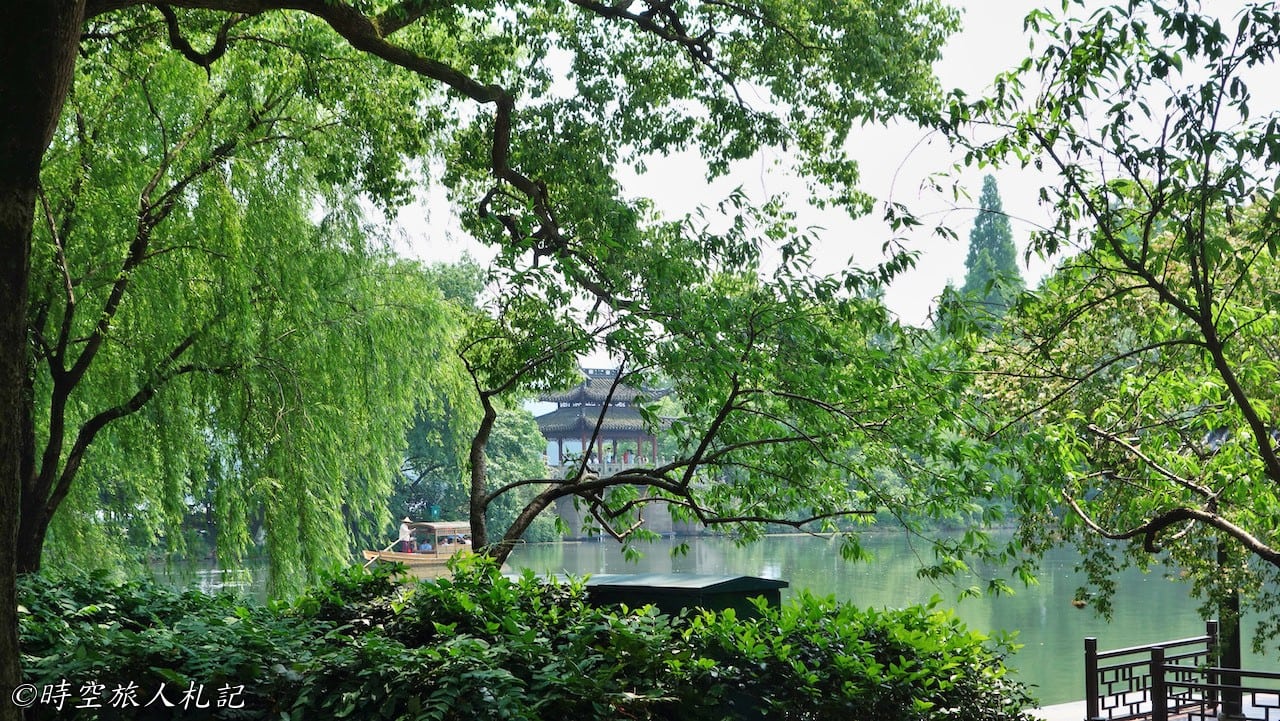
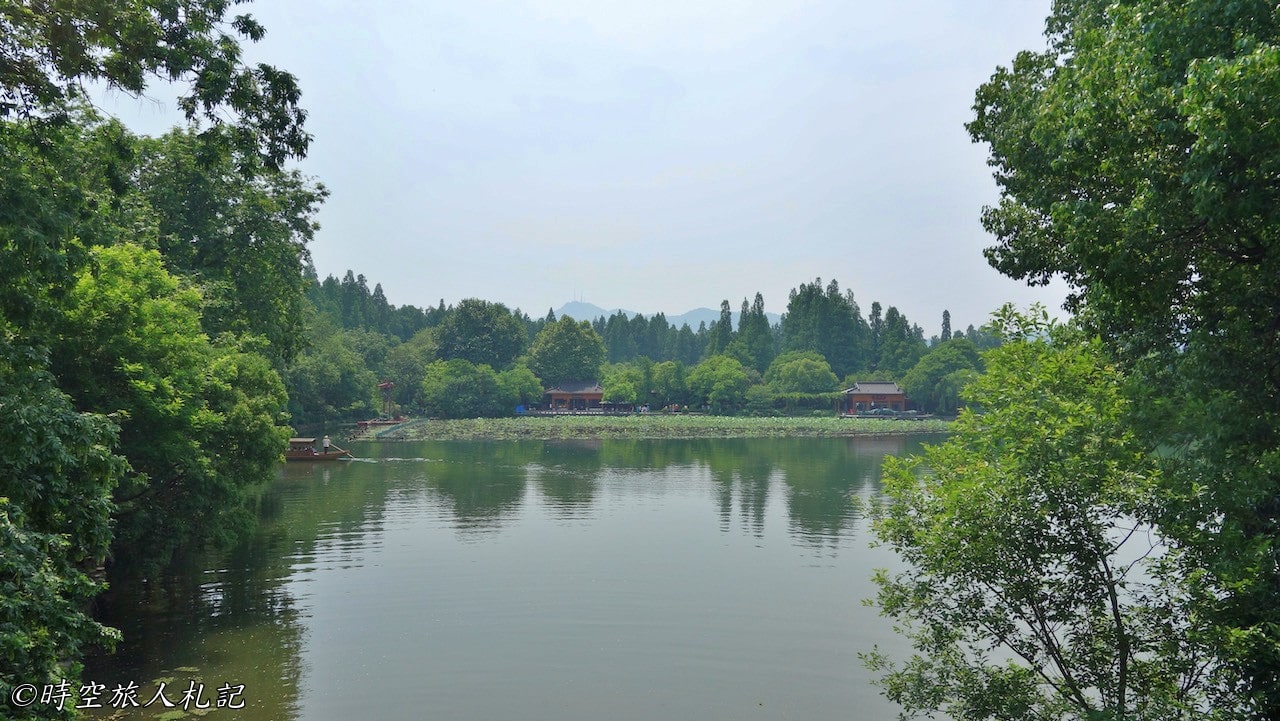
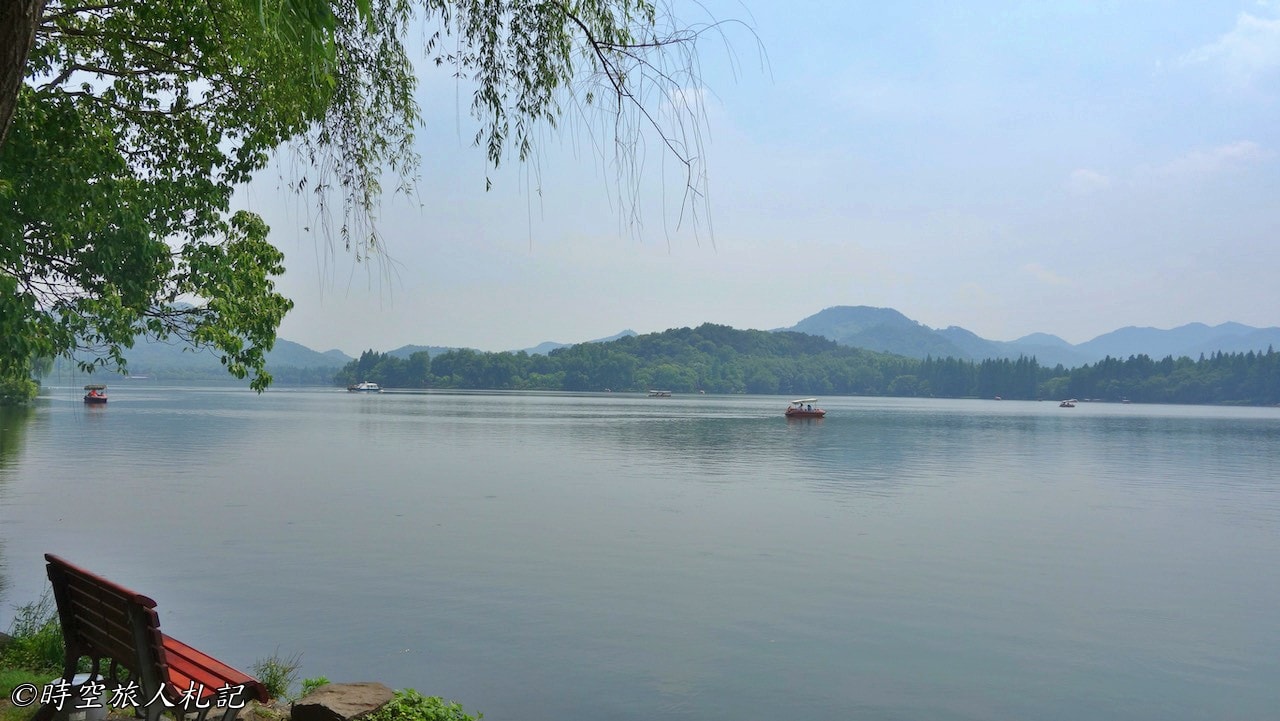
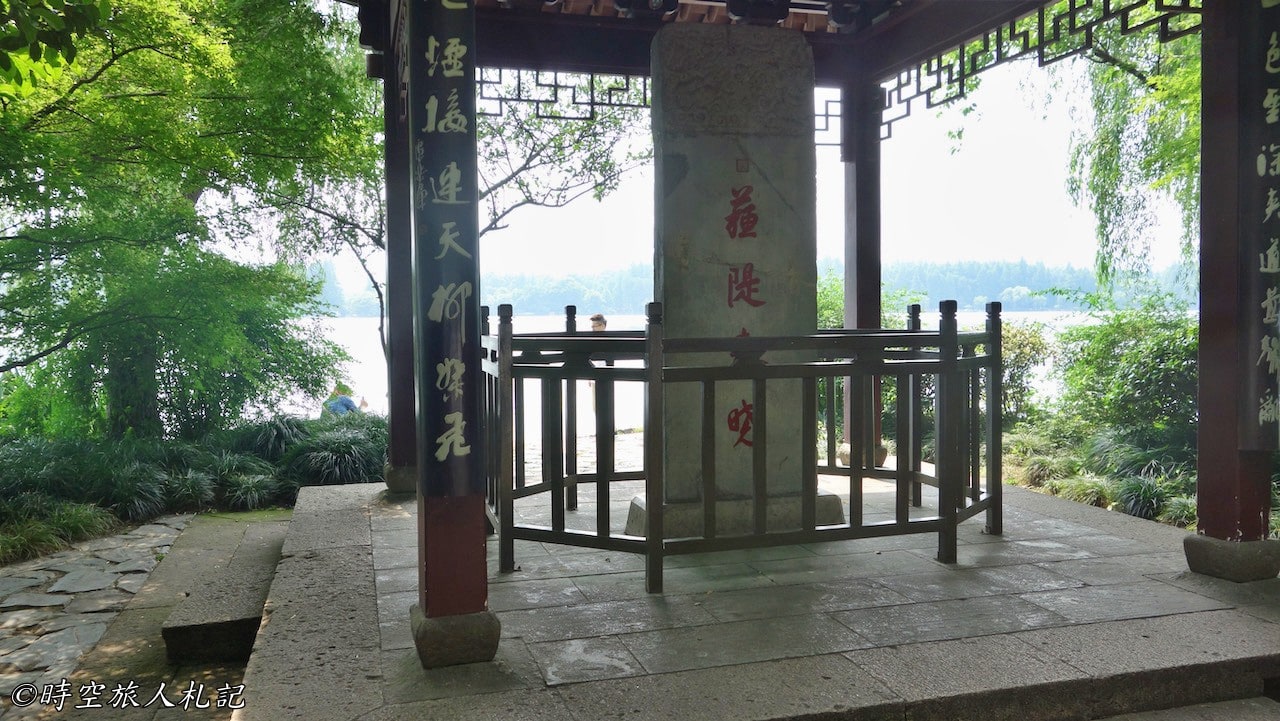


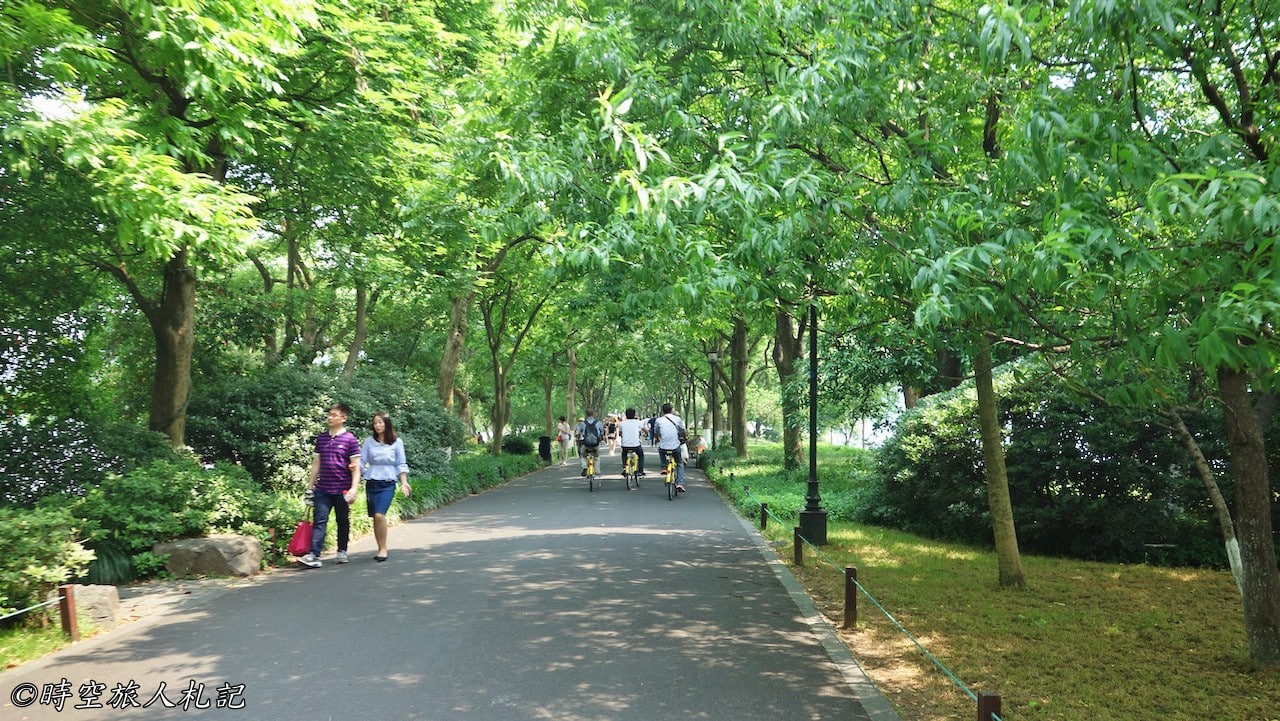
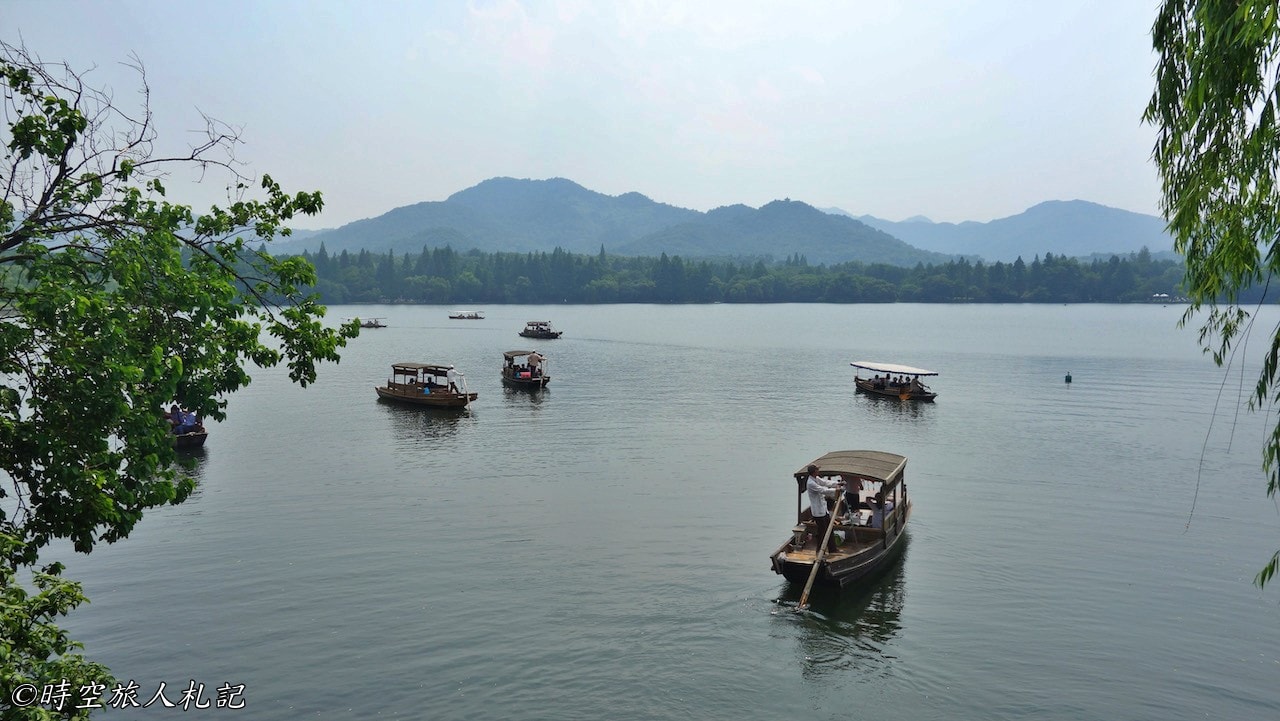
Ten Scenic Spots of West Lake | Fishing in the Flower Harbor
On the way to the West Embankment, another one of the Ten Scenic Spots of West Lake is the Flower Harbor for Fish Watching. It was originally a private garden built by Yunsheng, an official of the Southern Song Dynasty, to keep five-colored fish in the vicinity. The name "Flower Harbor" comes from the fact that a small stream flows through the area from Huajia Mountain. Originally, there was only one pond and one monument for fish watching in the harbor, but with the continuous expansion in the later generations, it is now a large park of 300 acres, divided into five scenic areas. The main area is a fish paradise for red Koi, and it is said that when the Koi are fed, a large number of them compete for food, which is quite a sight. Other parts of the park are also worth seeing.
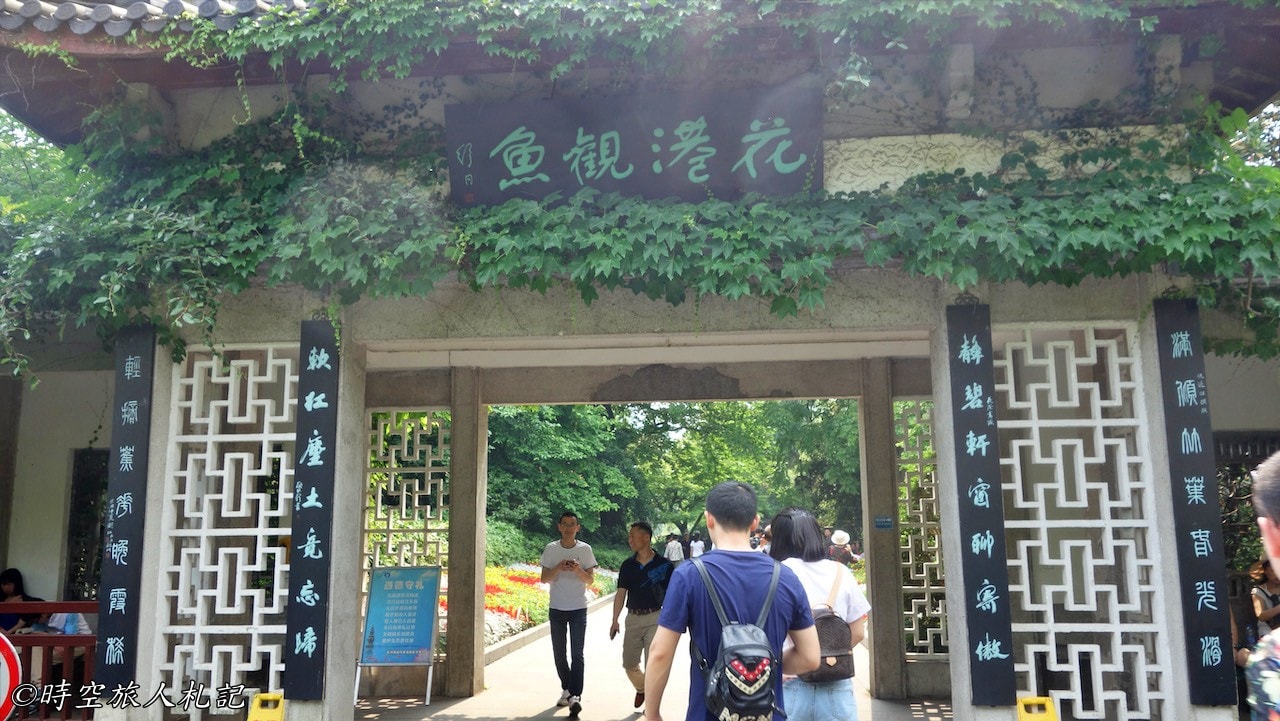
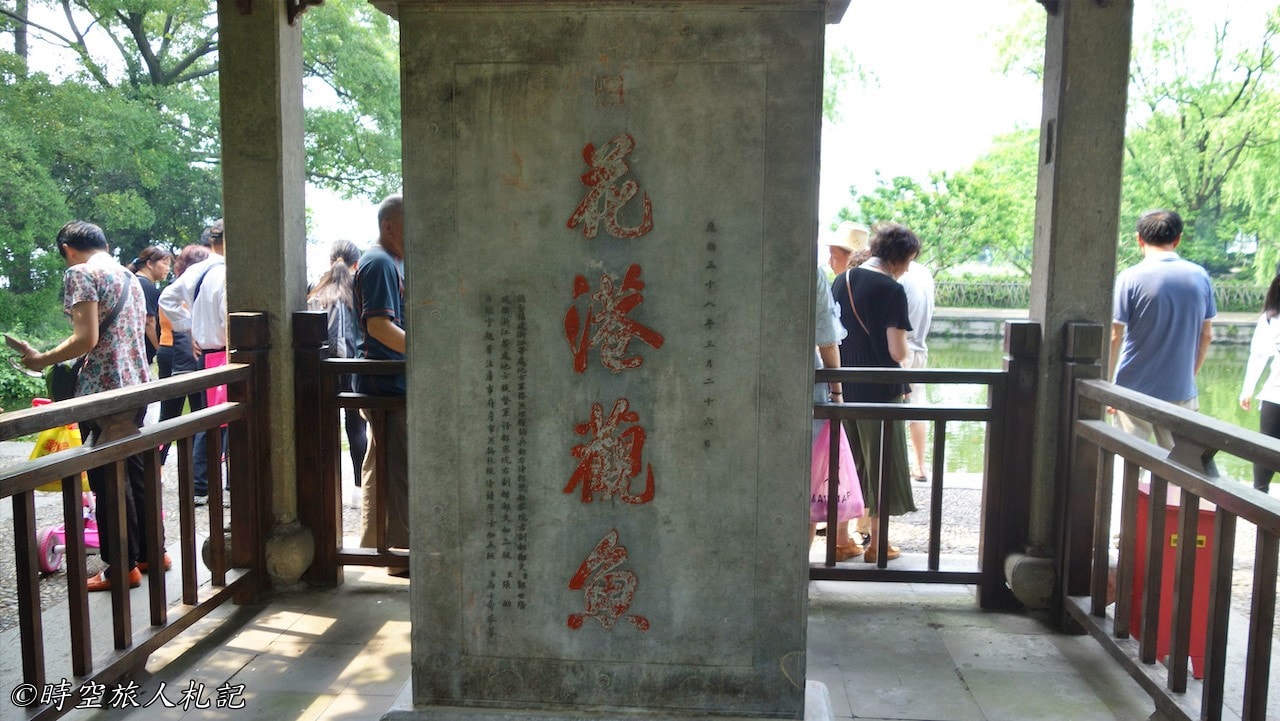
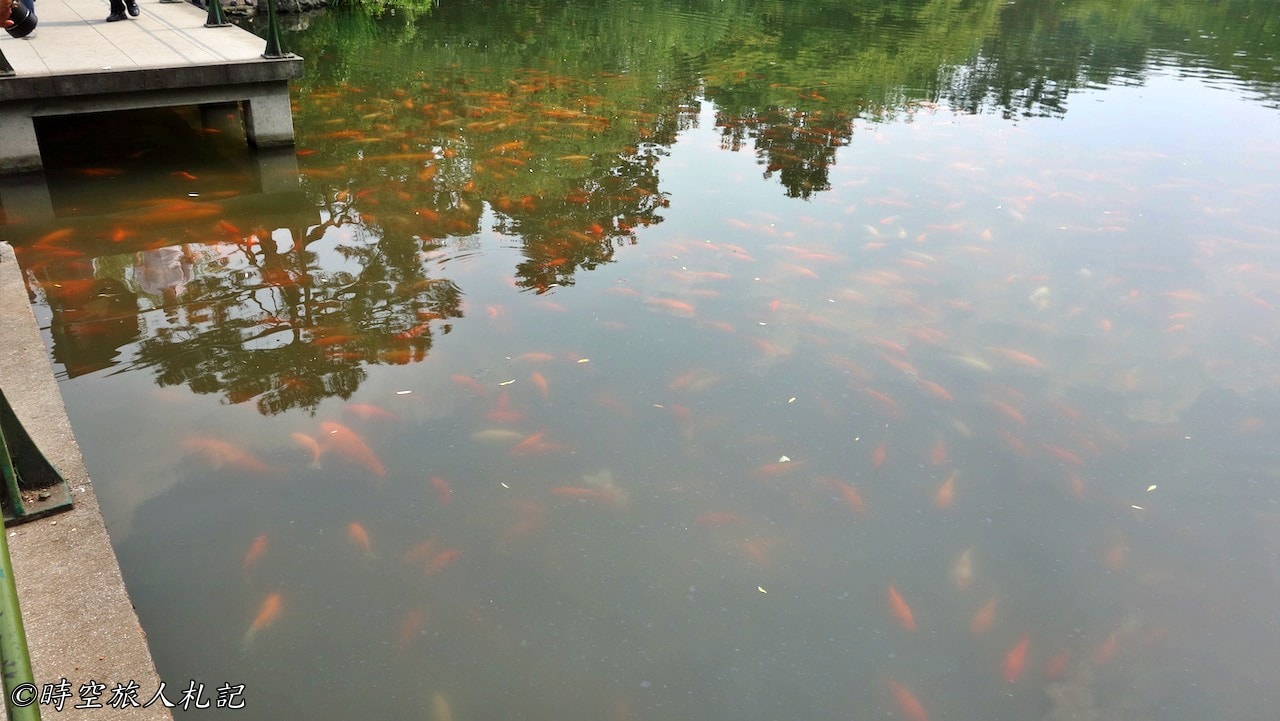

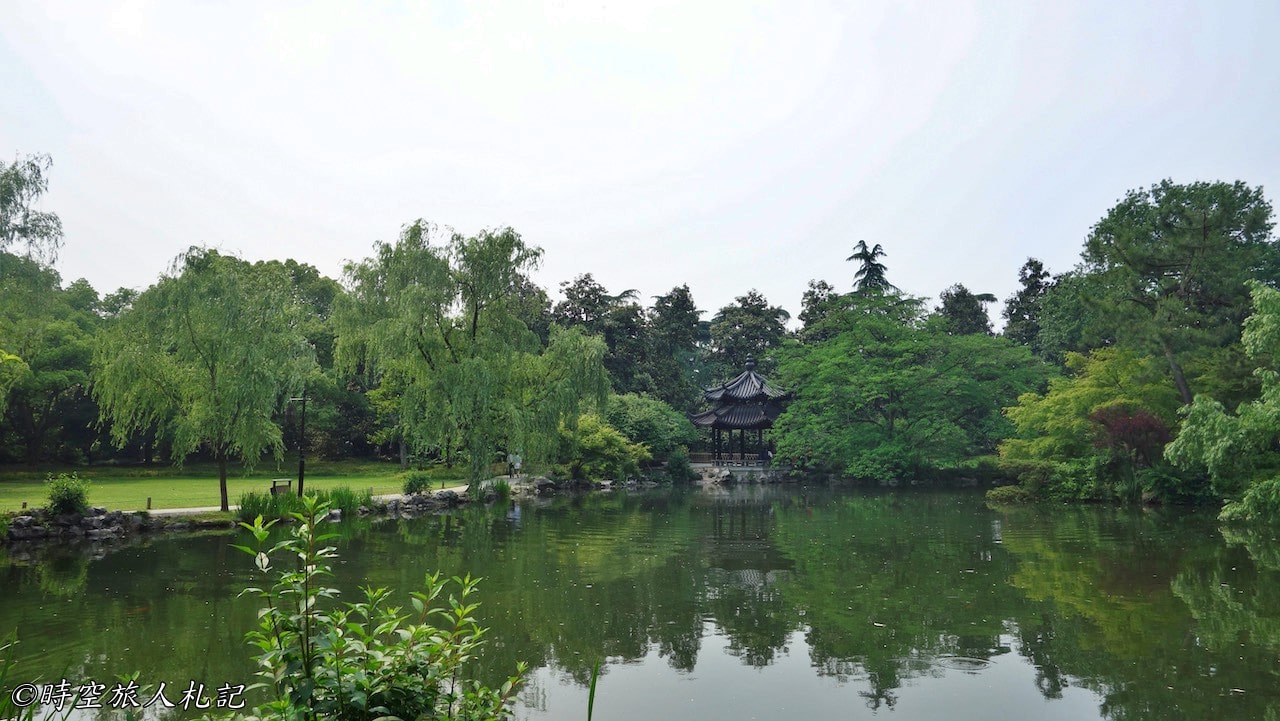
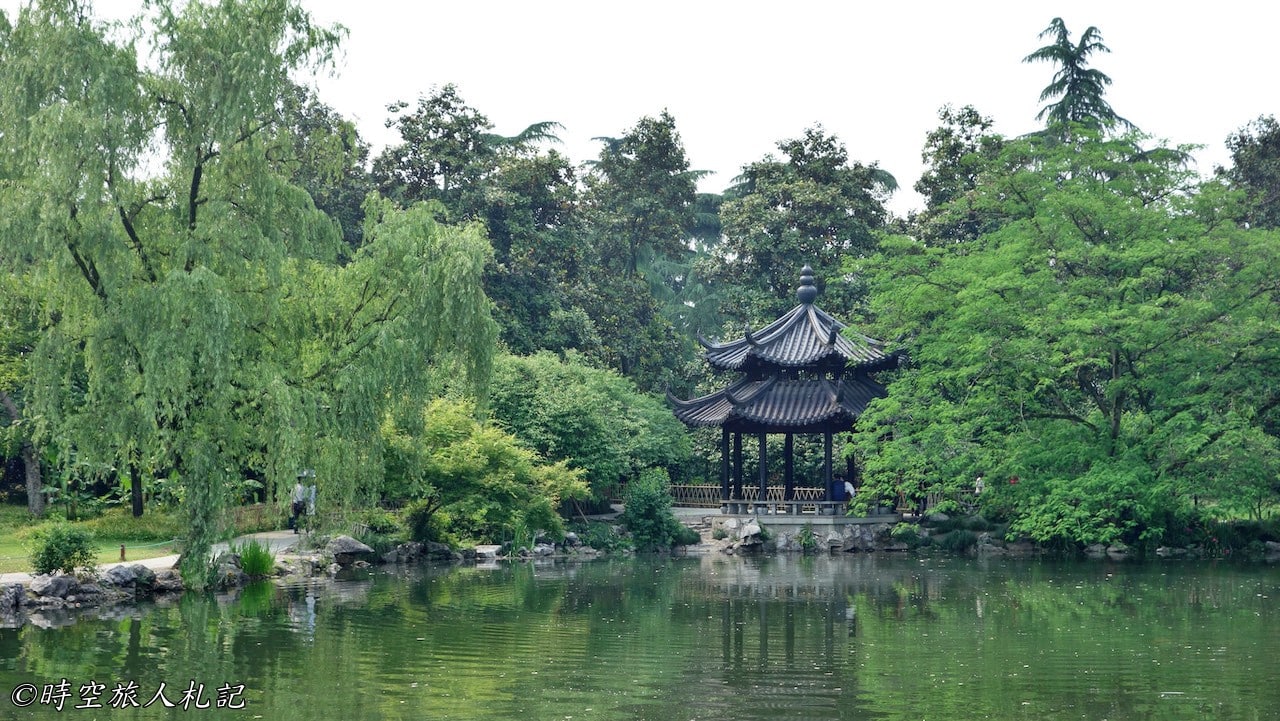
Ten Scenes of West Lake | Leifeng Sunset | Leifeng Pagoda
Out of the flower port guanyu along the Su Causeway to continue to the southern end, where you can see the Leifeng Pagoda. West Lake Ten Scenery of Leifeng sunset to see is this tower.
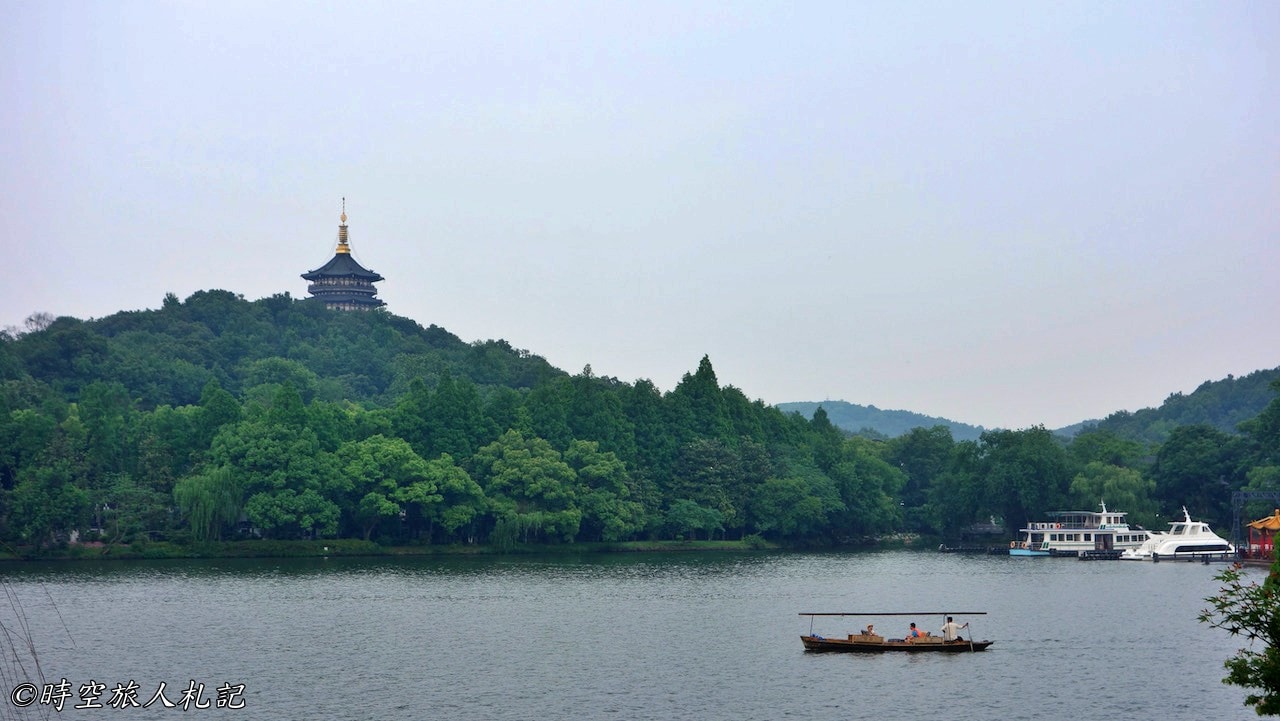
The name "Leifeng Pagoda" sounds familiar to all of us, not only because "Leifeng Sunset" is one of the ten scenic spots of West Lake, but also because it is the place where Fa Hai suppressed the White Snake in the Legend of the White Snake.
The original Leifeng Pagoda was built as early as during the reign of King Wu Yue in the 5th Dynasty. It was a brick and wood structure, echoing the style of the Bao Bao Pagoda on Baoshi Mountain, but the only remaining brick portion of the original pagoda collapsed in 1924 due to age and disrepair, and all that remained was the ruins of the pagoda for the next 60 years. The new pagoda we see now was rebuilt in 1999, and like the old one, it is an octagonal five-story pagoda. Leifeng is the highest peak in the West Lake area, and the pagoda is at the top of Leifeng. Modern planning of the attraction has provided escalators to save the hard work of climbing the mountain.
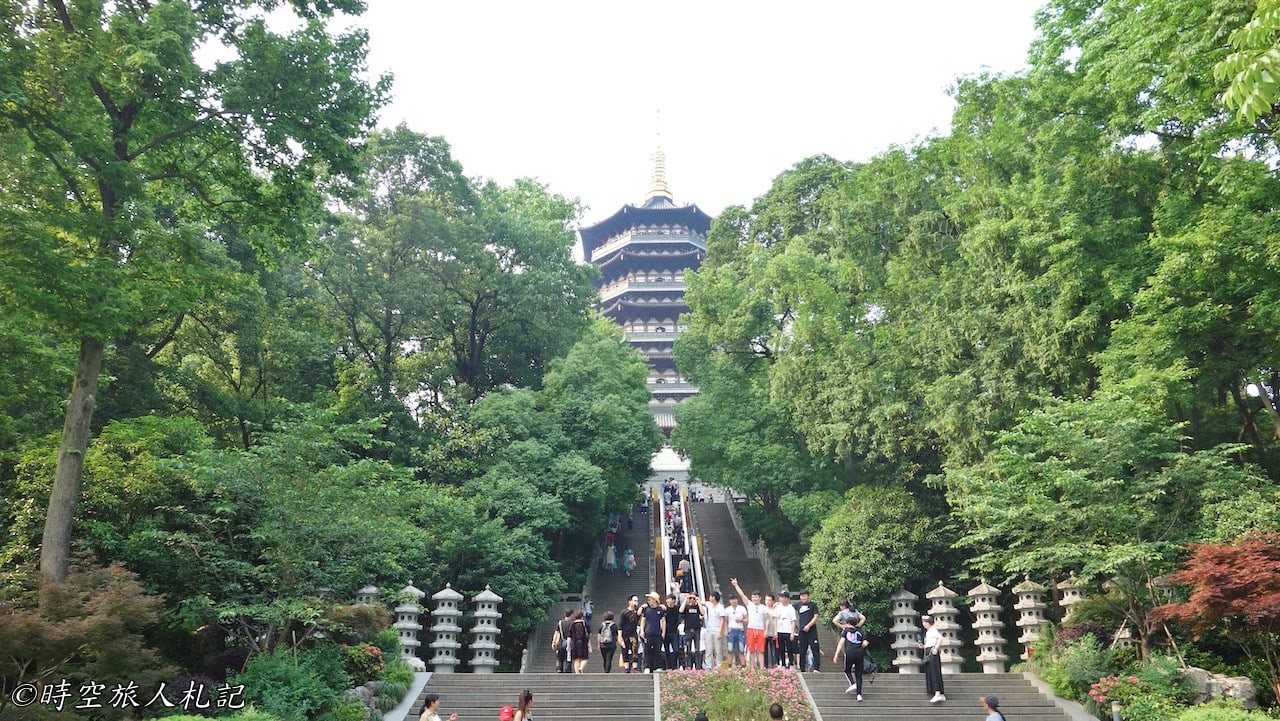
Although it is said that a new pagoda was built, the new pagoda was actually built right above the ruins, so after entering the Leifeng Pagoda and going underground, you can see the preserved part of the ruins, and only the bottom part, which is about three meters high, is left. Only the brick part remains, as the wooden part was burned down during the Ming Dynasty. The only remaining part looks irregular, but it turns out that people in ancient times believed that the bricks of the Leifeng Pagoda could be used for curing illnesses by grinding them into powder, so many of the bricks have been stolen and torn down.

Wooden carvings on the inner wall of the pagoda tell the story of the White Snake.
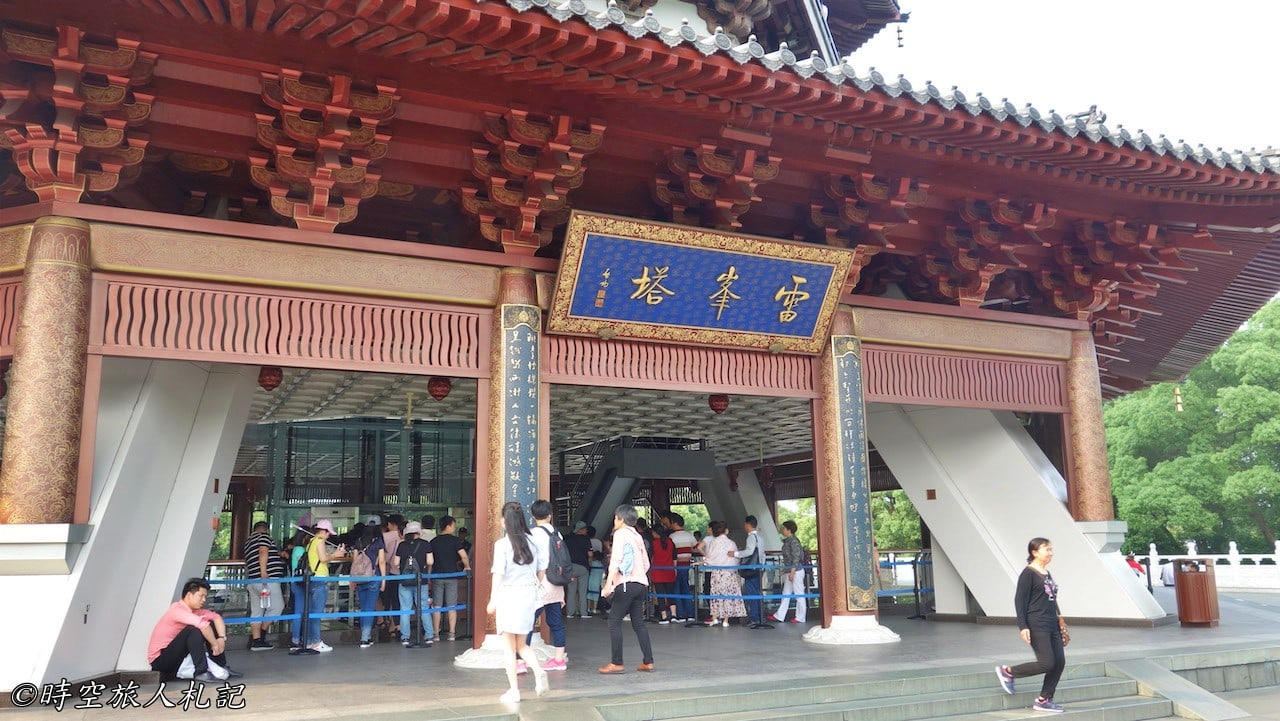
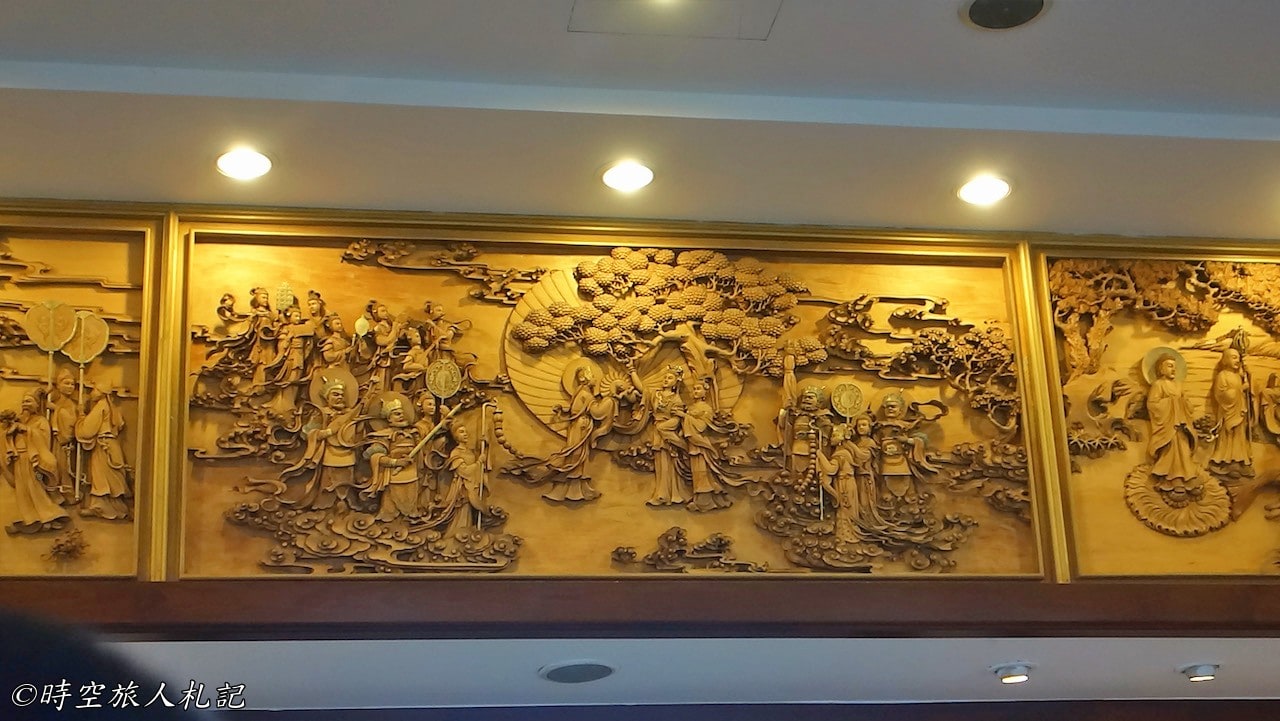

Buddha statue on the canopy at the top of the pagoda. Leifeng Pagoda was a Buddhist pagoda, and many Buddhist scriptures and treasures were discovered by archaeologists after the collapse of the old pagoda.

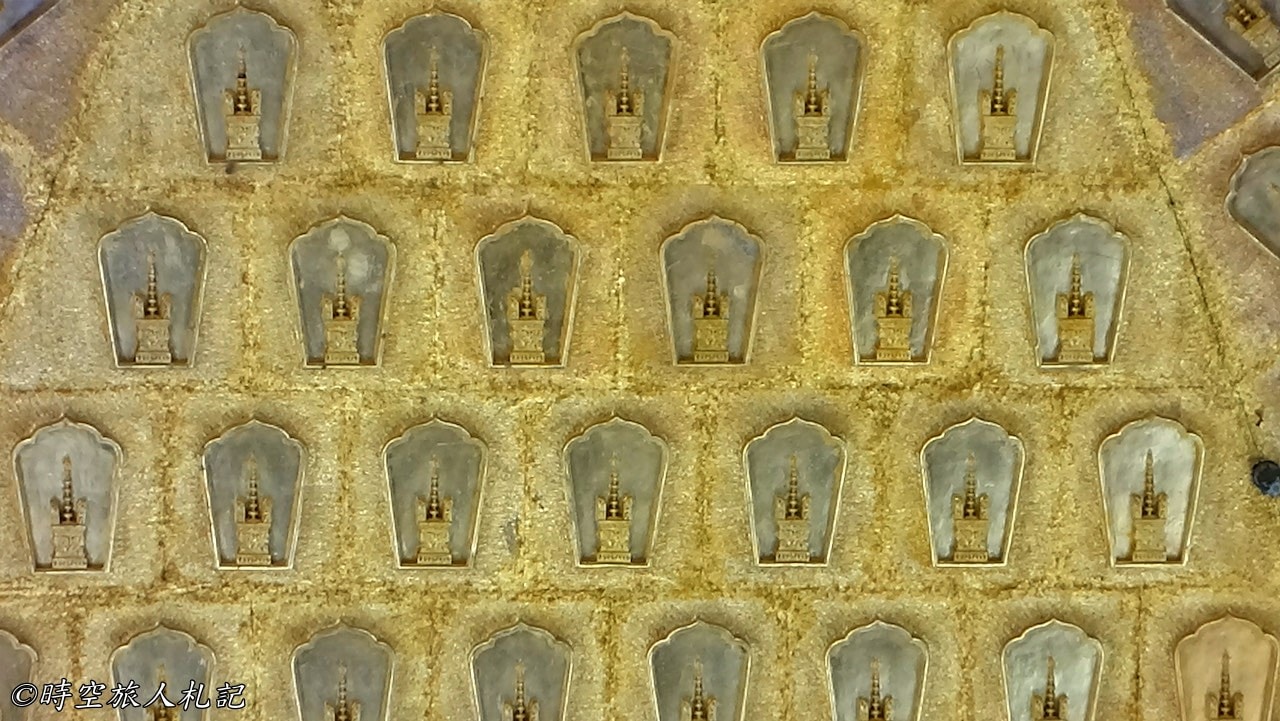
Walking up to the top of the five-storey tower, I climbed up to have a look at the scenery around the West Lake. It was a bit foggy on the West Lake.
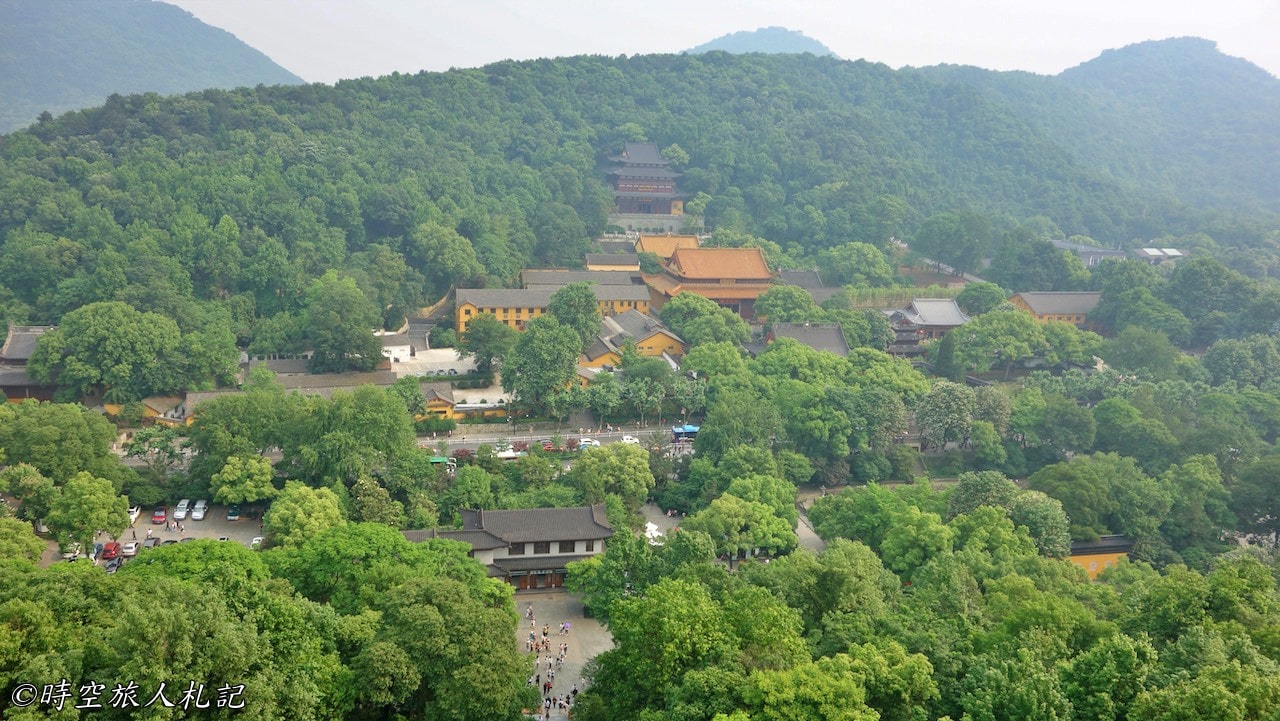


Ten Scenes of West Lake | Nanping Evening Bells
The Jingci Temple is located on the south bank of the lake with the Leifeng Pagoda. Here you can see another one of the Ten Scenic Spots of West Lake, the "Evening Bells of Nanping". Let's talk about why Nanping Evening Bells was chosen as one of the Ten Scenic Spots. Nanping refers to Nanping Mountain, where the Jingci Temple is located. Since the mountains in this area are made of limestone, there are many caves in the main body, so in ancient times, when the surroundings were quiet in the twilight, the reverberation of the bells ringing at the Jingci Temple was particularly ethereal and solemn.
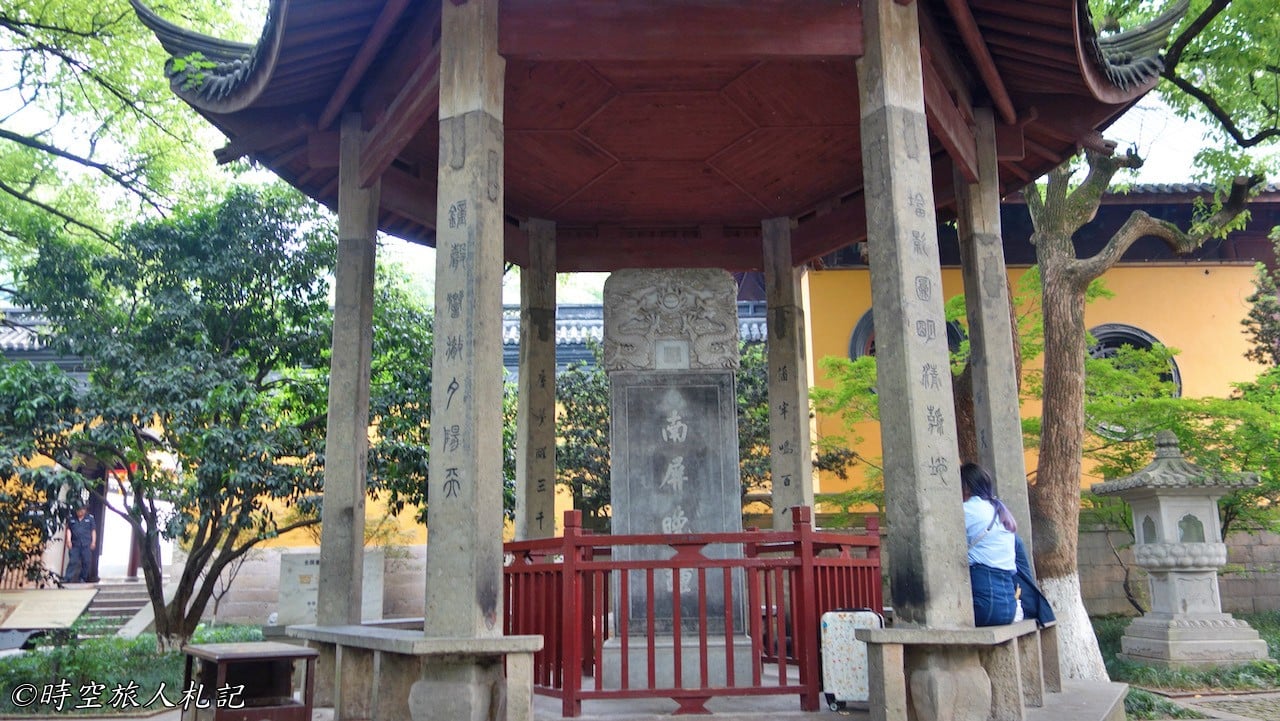
Hangzhou Attractions | Baoshi Mountain
Ten Scenes of West Lake | Bao Shi Liu Xia
Baoshi Mountain is a small mountain located on the north side of the West Lake. It is 200 meters high, which is very suitable for climbing up to see the West Lake. Bao Shi Shan itself is called Bao Shi Shan because the mountain is an igneous rock containing iron oxides, which turns red when the light hits it in the early morning or late afternoon, and this view is called "Bao Shi Shan".Gemstone Haze"It is also known as one of the Ten Scenic Spots of West Lake.
Baoan Tower, a pagoda in Sichuan
It takes time to climb Baoshi Mountain. There are a number of hiking trails, so if you go up from the southeastern trailhead, your first stop will be the Bao Bao Pagoda. The Bao Bao Pagoda has a unique shape, with eight sides and seven levels. It is said to have been built in the early years of the Northern Song Dynasty by the King of Wuyue, Qian Bao, who was summoned by the court of the Song Dynasty, in order to return to the capital without being detained there.

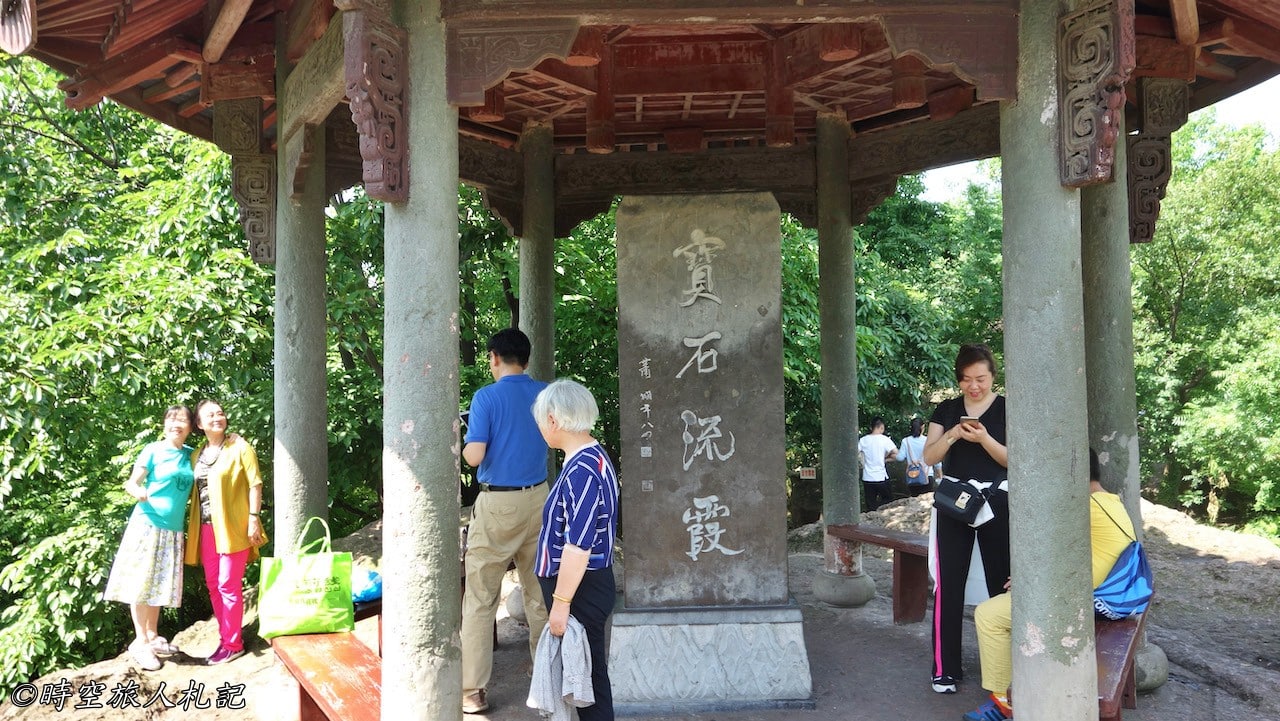
Bokubo Dojo (Buddhist temple in Tokyo)
Go to the top of Ge Ling Mountain and come to Bao Pu Taoist Temple. Also known as Ge Xian Nunnery, it was first built by Ge Hong (葛洪), a Taoist priest in the Eastern Jin Dynasty. The Ge Xian Temple was built during the Tang Dynasty in honor of Ge Hong, who often collected medicines and cures for the local people. Throughout the generations, the temple was rebuilt and once used as one of the imperial gardens during the Song Dynasty, and was called the Huguenot Taoist Temple during the Qing Dynasty. It is now back under the management of the Taoist Association and is open to the public with an admission fee of five yuan. It is also the only Taoist temple in Hangzhou.
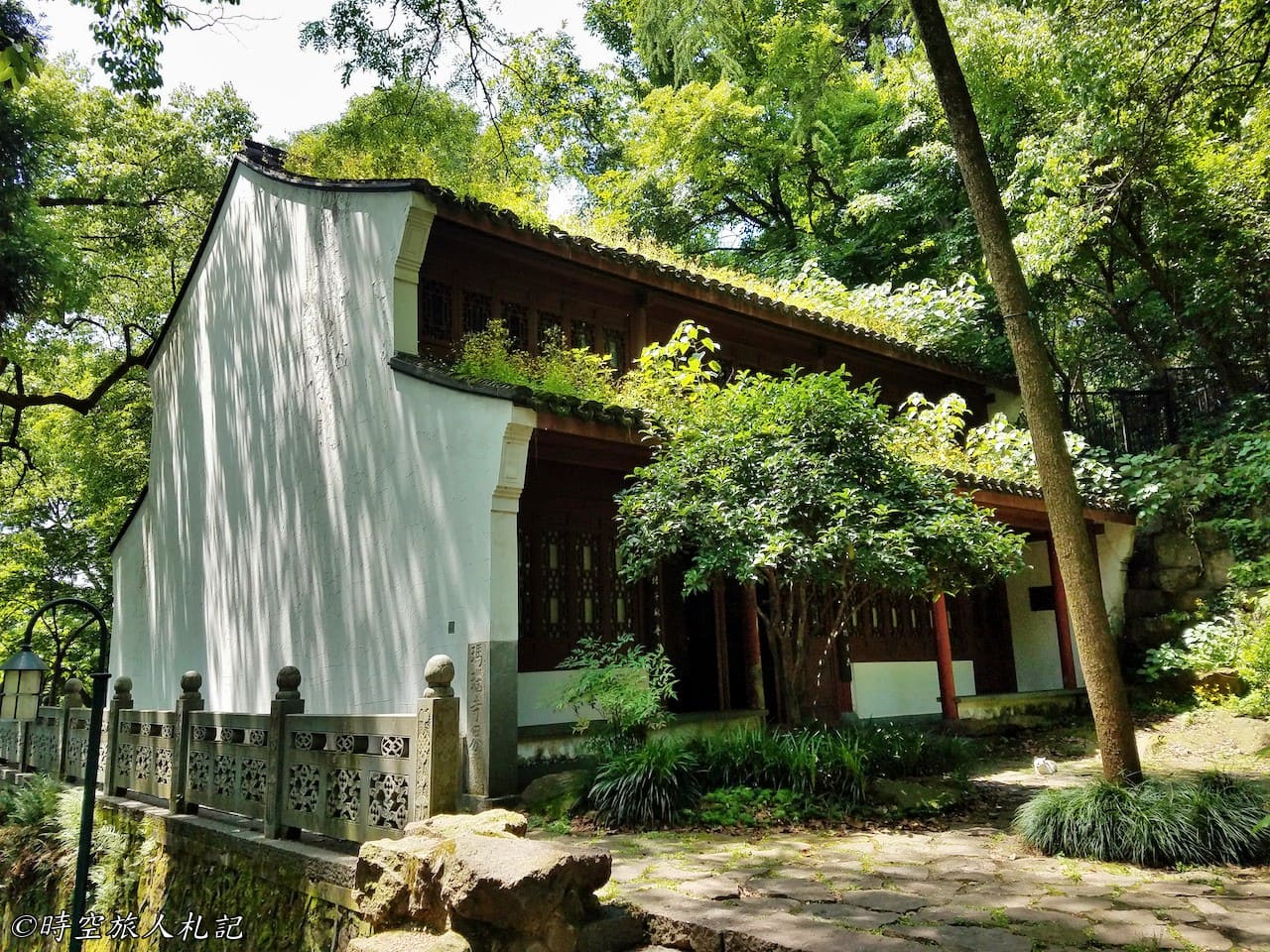

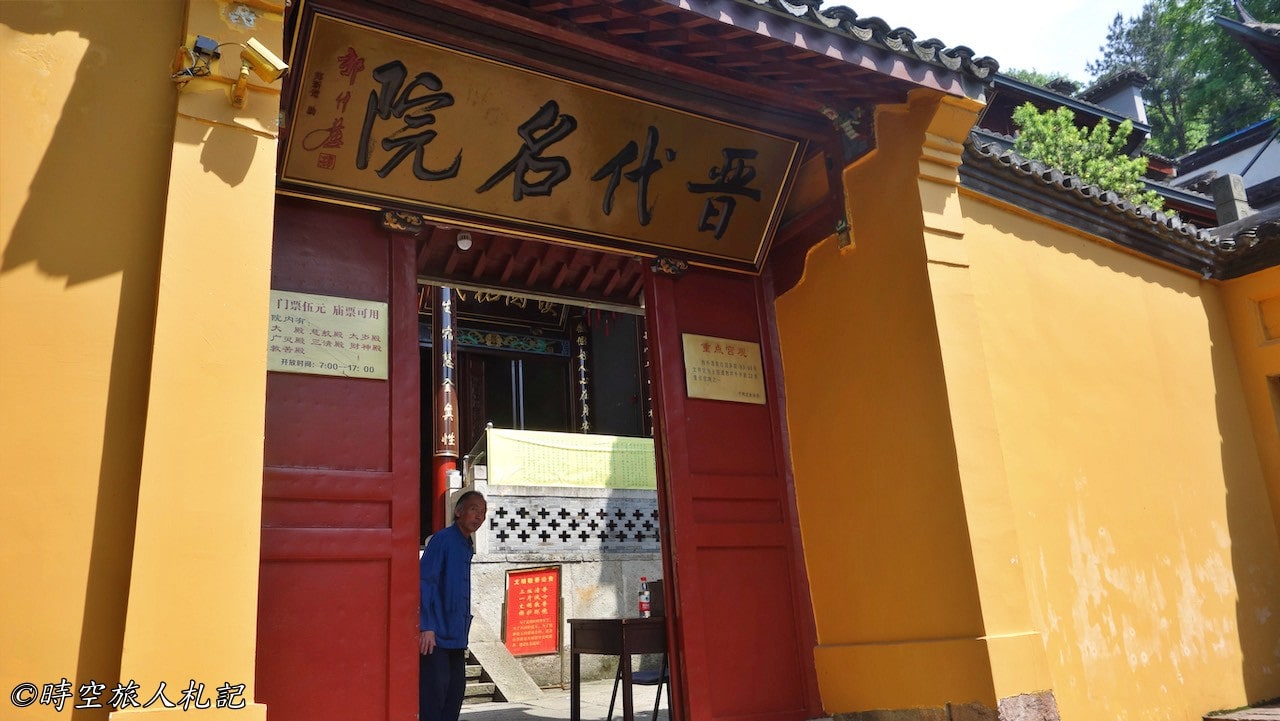
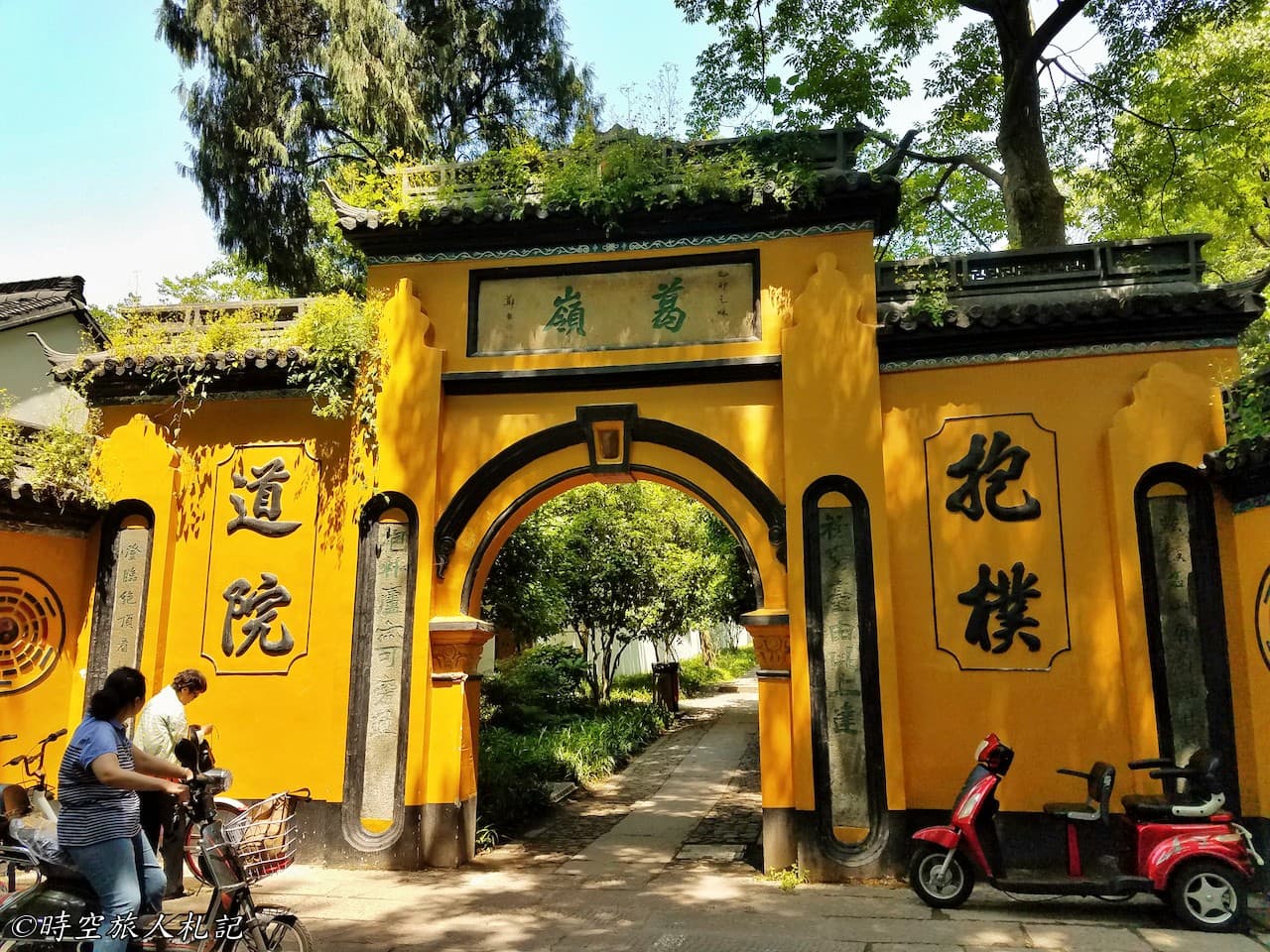
This is the ancient well where Ge Hong is said to have made his elixir. Ge Hong invented various kinds of dyes in the process of refining dan, and is also regarded as the ancestor of the printing and dyeing industry.


Choryangtai, located at the top of Ge Ling, is also said to have been built by Ge Hong for the purpose of making pills.

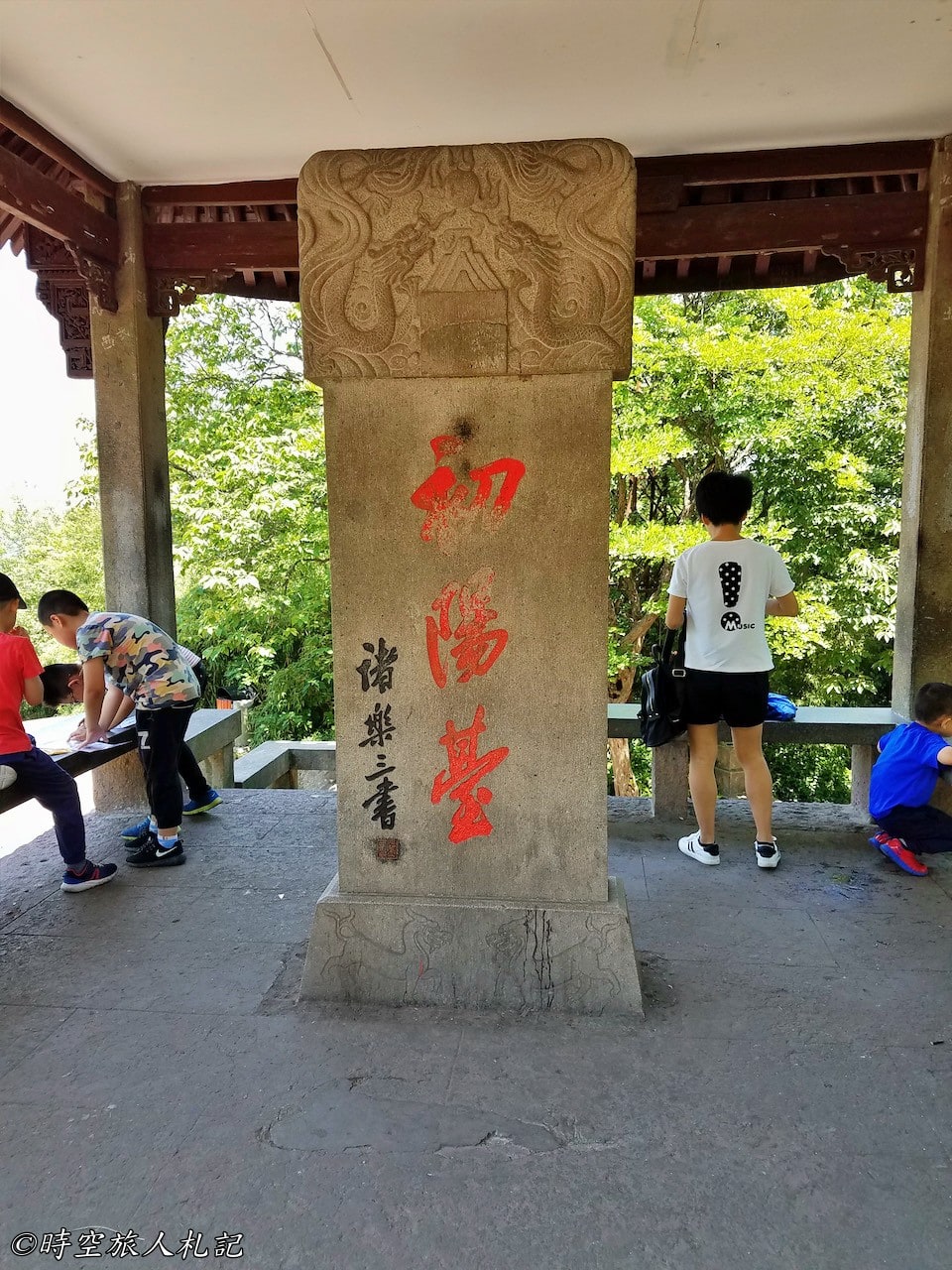
Lian Yang Memorial Hall
Lien Heng Memorial Hall, located in the Manao Temple. Lien Heng was an author of Taiwan's general history, originally from a wealthy merchant family in Tainan, who lived here in 1926 to organize literary and historical materials, and later lived in Shanghai. The establishment of the Lien Wang Memorial Hall was proposed by his grandson Lien Chan during his visit to Hangzhou in 2006. The museum displays many artifacts related to Taiwan.

Hangzhou Attractions | Lingyin Temple Scenic Area
Lingyin TempleLocated in the northwest of West Lake, Lingyin Temple is a famous ancient temple in Hangzhou. It is only a half-hour bus ride from West Lake to Lingyin Temple. Lingyin Temple was founded more than 1600 years ago by an Indian monk, Huili, who named the temple after the place's marvelous scenery, "where the immortal spirits hide.

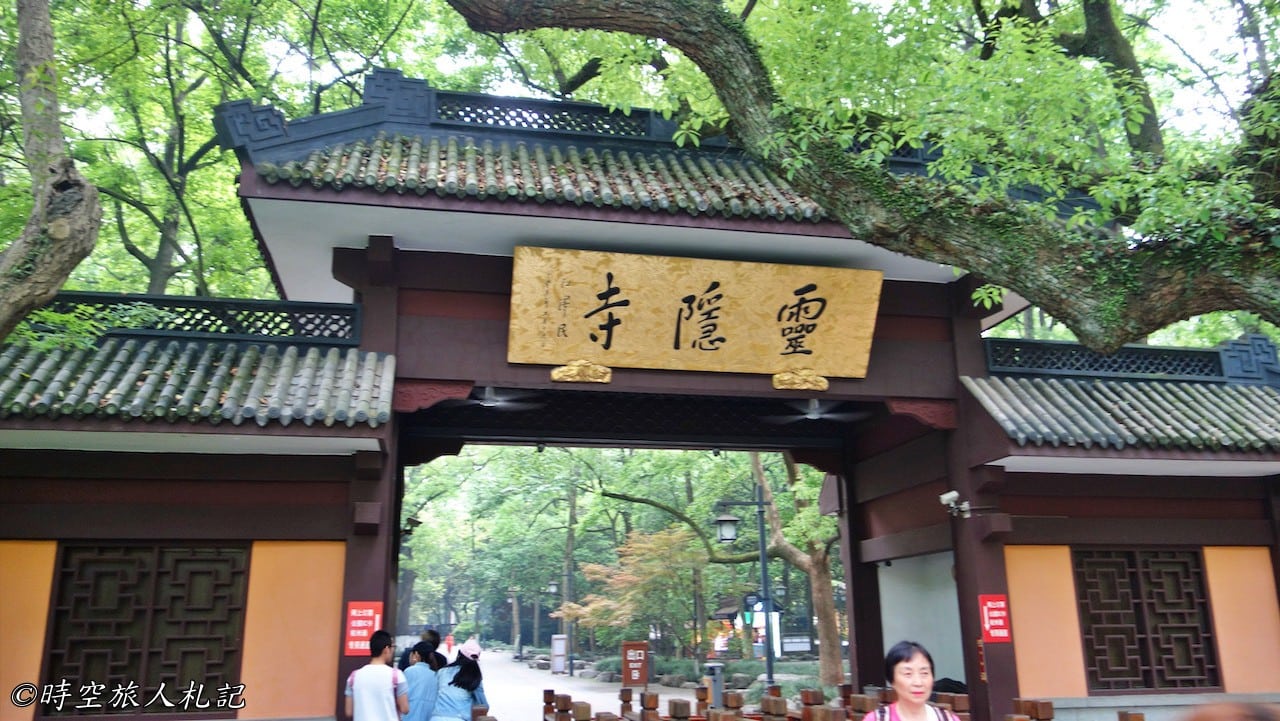
Feilai Peak Scenic Area
To enter Lingyin Temple, you must first pass through the Feilai Peak Scenic Area. Feilai Peak is an entire limestone terrain, because the terrain and the surrounding green hills are far from each other, it is said to have flown in from outside, so it is called Feilai Peak. According to folklore, Jigong sensed Feilai Peak before it flew and advised the residents to leave, so he had to forcefully snatch a bride who was about to get married, which led to the villagers chasing after him and then survived the disaster.
On the rock wall next to the stream between Feilai Peak and Lingyin Temple, there are 345 statues of Buddha that were completed over 500 years from the Five Dynasties to the Yuan Dynasty, of which 232 statues were completed during the Song Dynasty. The most famous statues of Maitreya Buddha and the Eighteen Luohan can be seen on the rock wall.
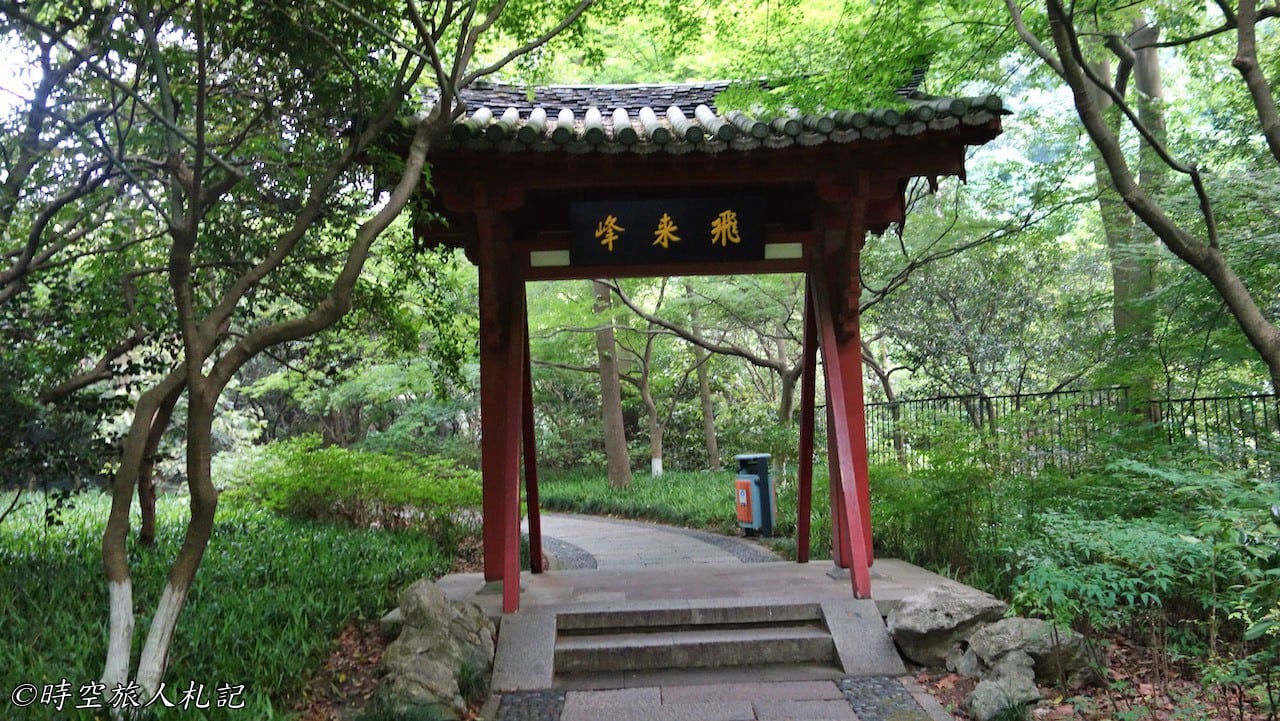
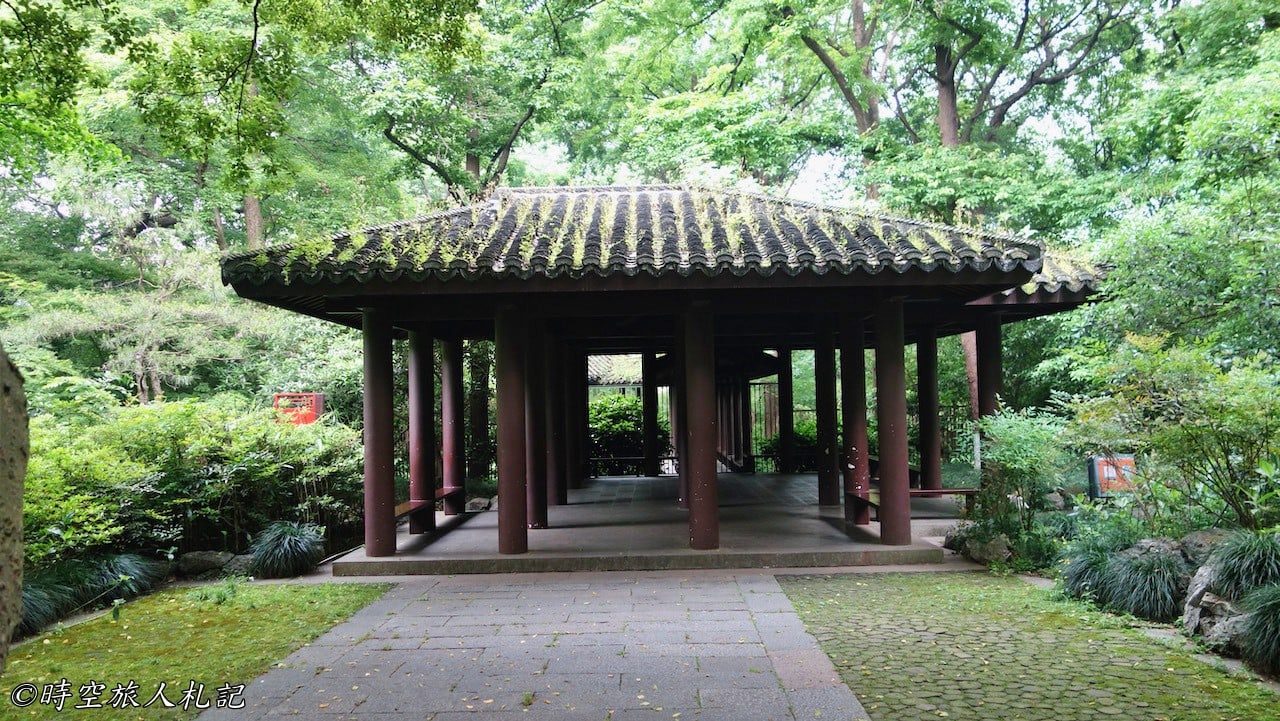
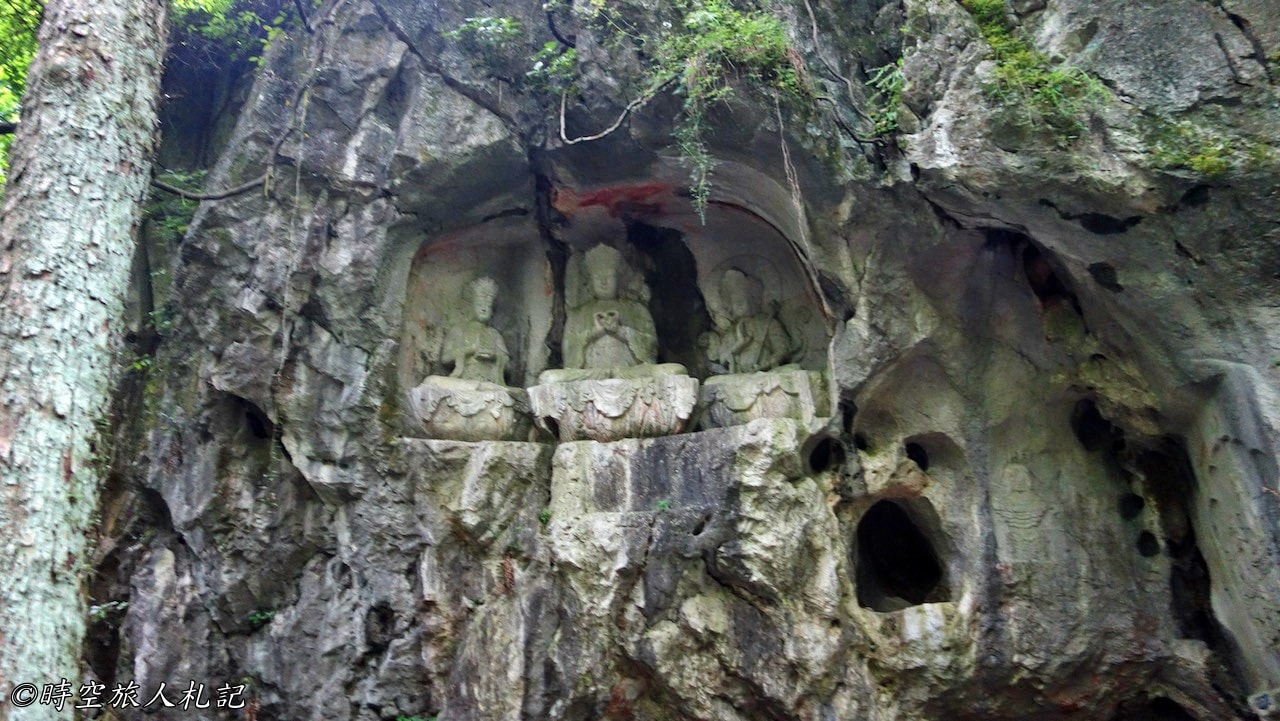

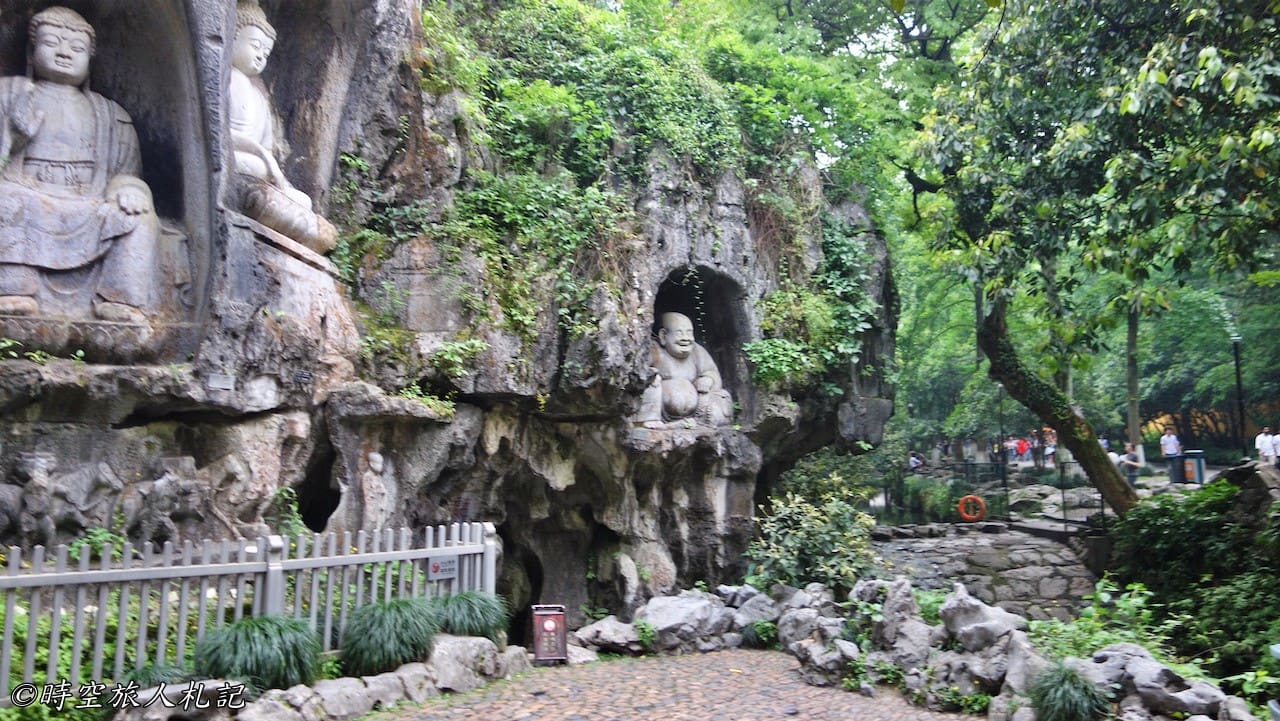
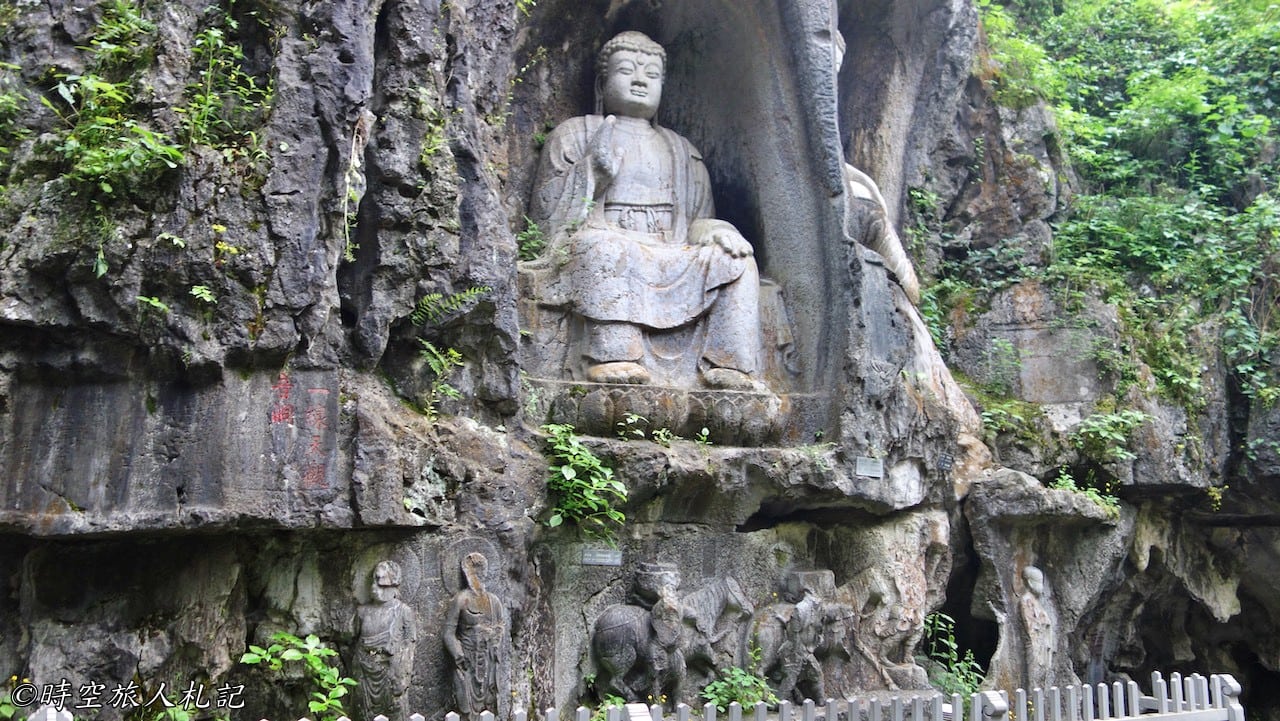

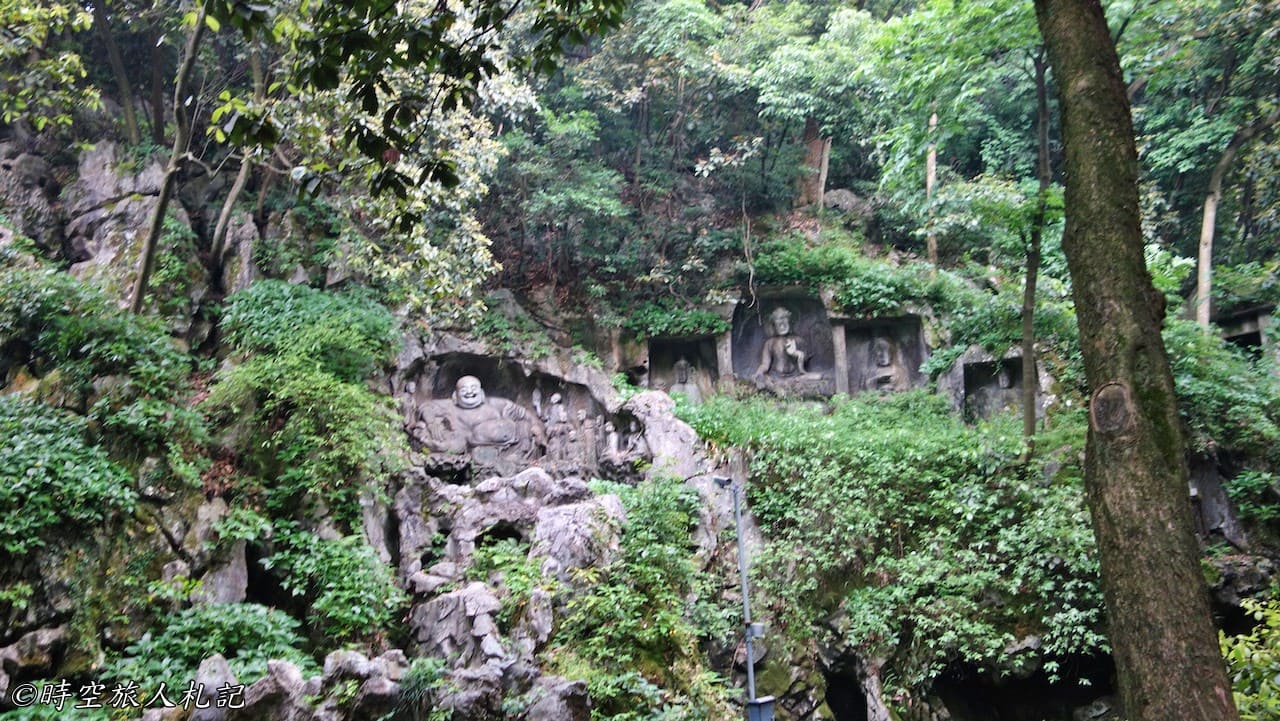
Lingyin Temple
After passing through the group of Buddha statues, we finally enter the real Lingyin Temple area. Lingyin Temple was built more than 1,600 years ago during the Eastern Jin Dynasty, and is still in full bloom today.
The main hall, Maharajah's Treasure Hall, is 33 meters high and very solemn. Inside the Mahamuni Hall is the statue of Sakyamuni, which was completed during the Five Dynasties, and its plump face is still in the classical style of the Tang Dynasty. This is the largest statue of Buddha in China, and it is said that more than 60 taels of gold were used for the gold leaf on the outside of the statue. Behind Shakyamuni is the South Sea Goddess of Mercy. There are more than 150 colorful sculptures of Buddhist figures around. There are countless statues of Buddha in Lingyin Temple. After the Mahamudra Hall, there are the Medicine Buddha Hall, the Bible Building, and the Huayan Hall. Opposite the Mahamudra Hall is the Hall of the Heavenly Kings, and the inscription on the back door, "Wei Zhen San Chau", refers to the Vedanta Bodhisattva enshrined in the Hall of the Heavenly Kings. On the front side, there is a plaque entitled "Yunlin Zen Temple" written by Kangxi.


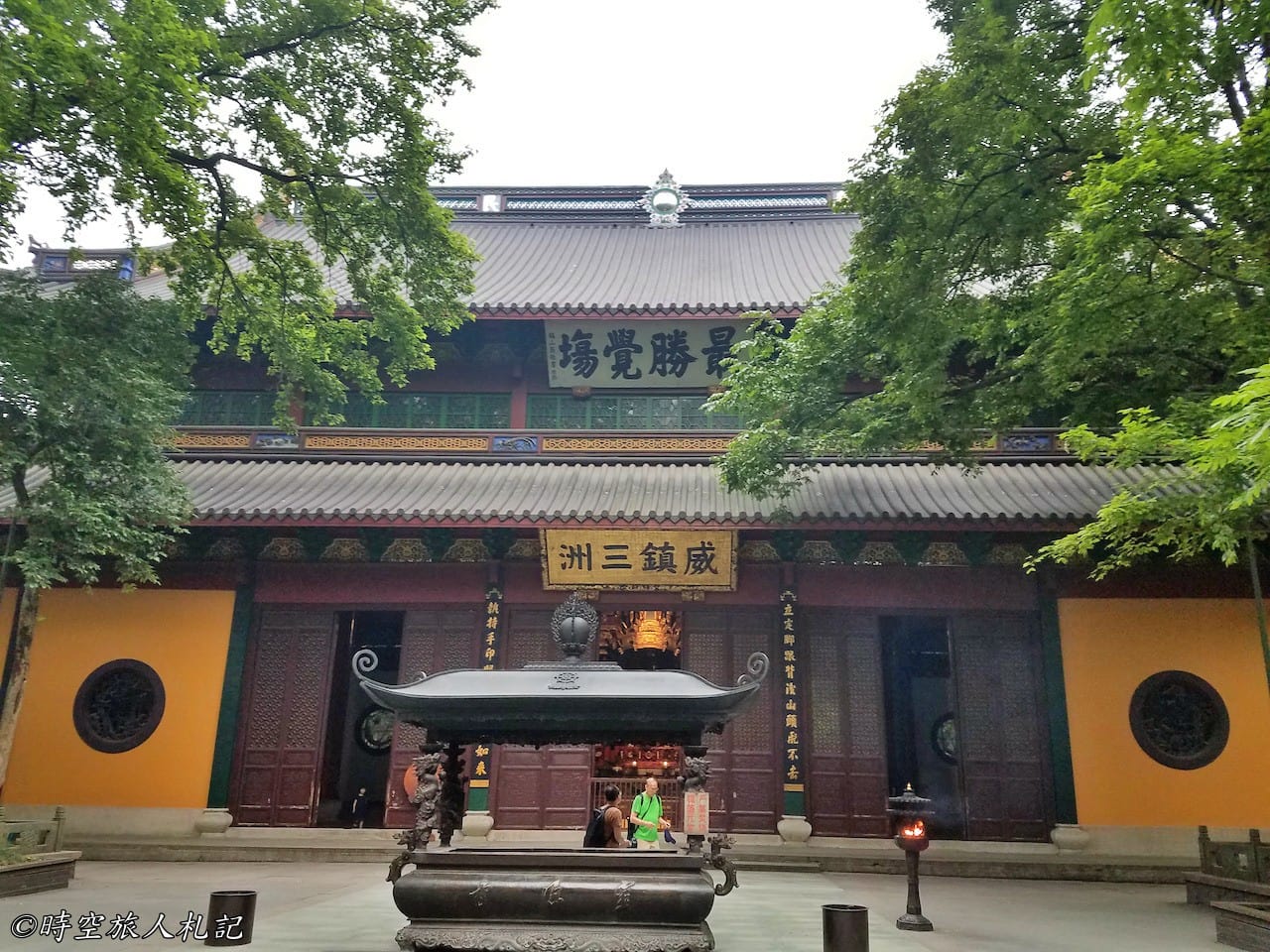

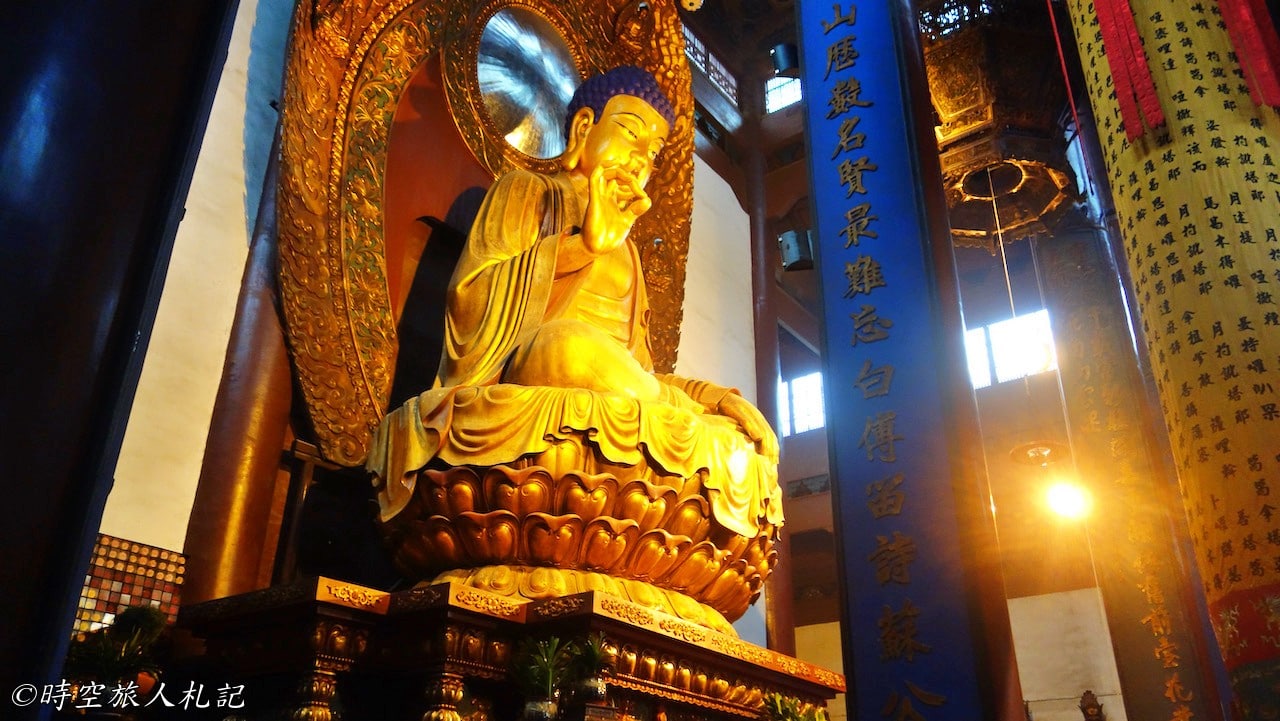
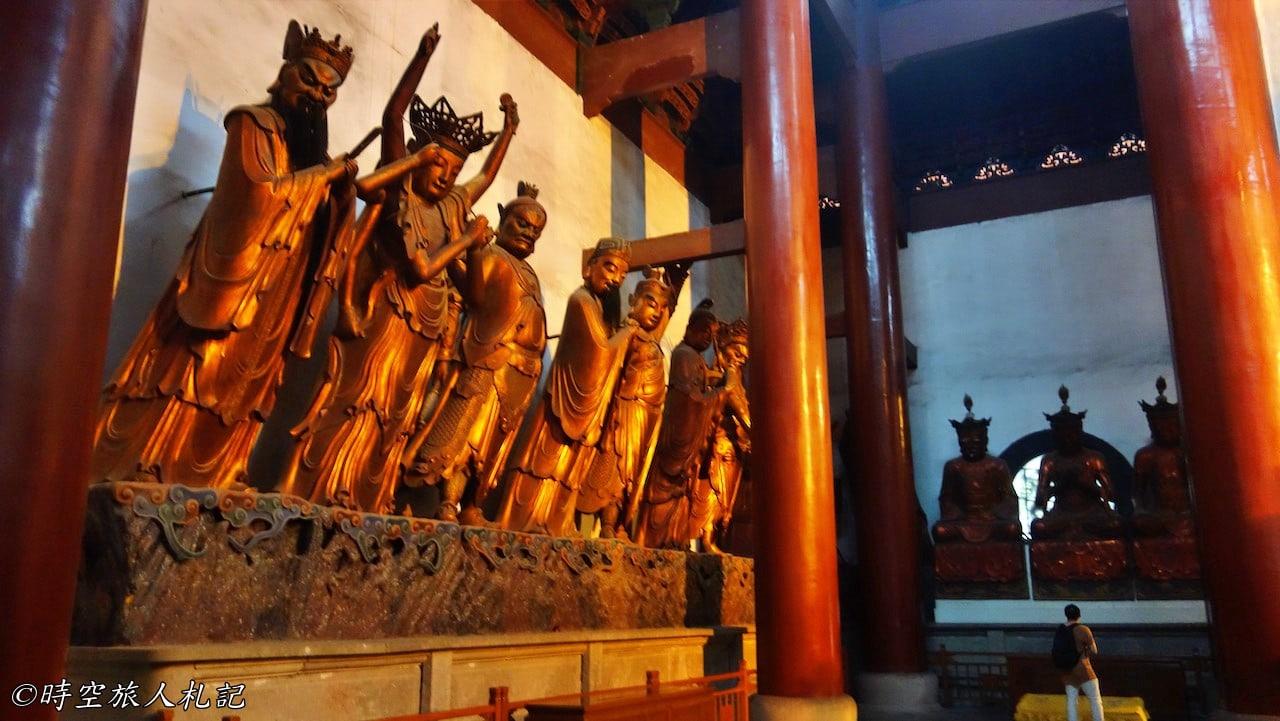
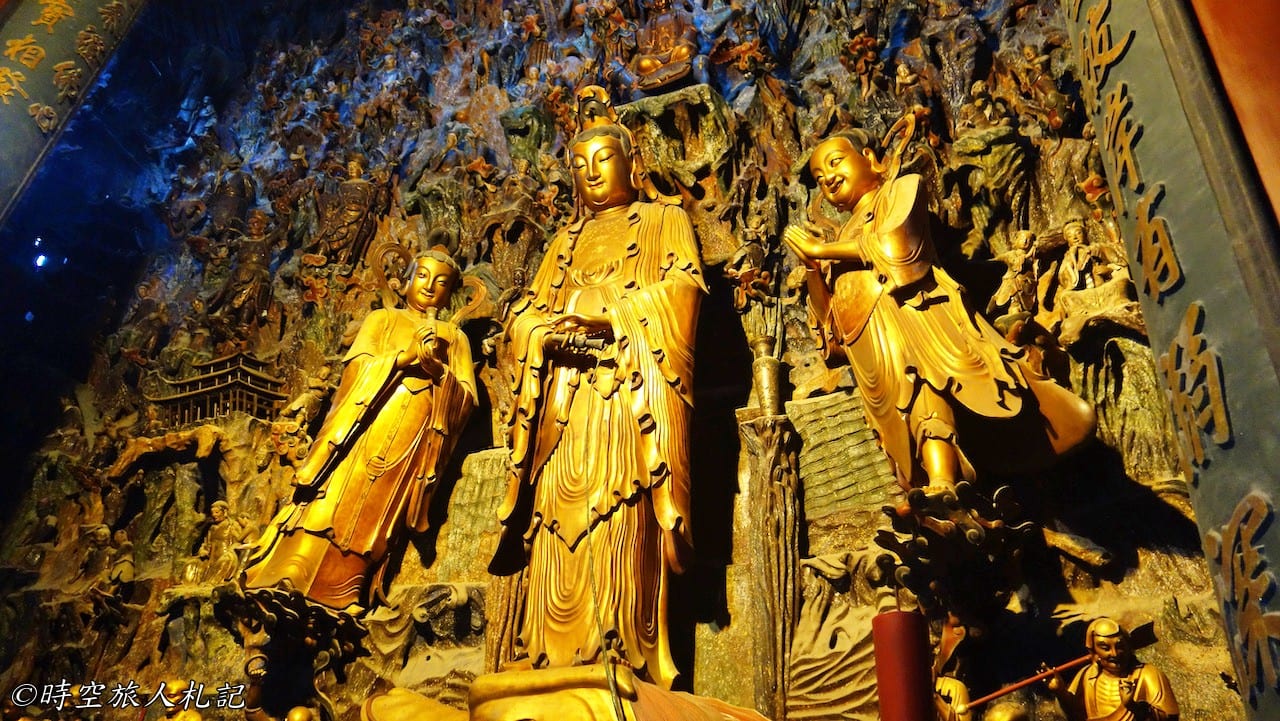
Hangzhou Cuisine | Outside the House
- Recommendation: ⭐️⭐️⭐️
- Price: ⭐️⭐️⭐️⭐️
Louwailou is a century-old restaurant, a good place to eat Hangzhou famous dishes, the location is situated right next to the West Lake.
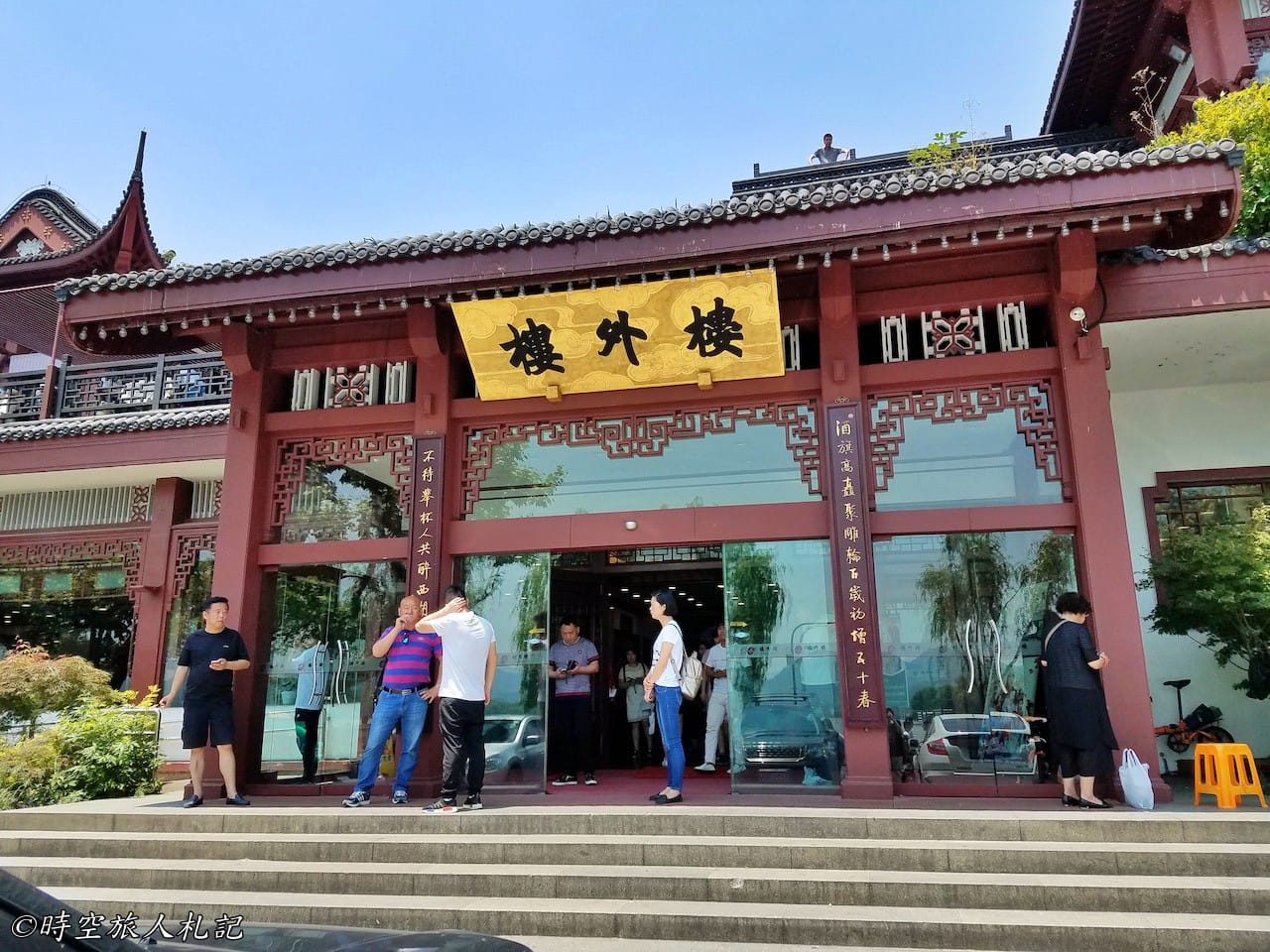
After being seated, we started with a pot of Xihu Longjing tea. The tea is fresh and elegant, characterized by strips of green tea leaves. Then I ordered two famous Hangzhou dishes, the first one was Longjing Shrimp. The first dish is Longjing Shrimp Scallops, which is a combination of Longjing tea leaves and fresh river shrimp, with the fresh aroma of the tea and the freshness of the shrimp, which is a very West Lake flavorful dish. The second dish, West Lake Vinegar Fish, is a classic dish of Loung Wah Lo. The story behind this dish is that in ancient times, the Song brothers, who lived in West Lake and made a living as fishermen, had a crush on their sister-in-law by a local villain, who killed their older brother and then tried to kill their younger brother. In order to protect their brother, the sister-in-law advised him to run away and cooked this dish for him before he left. Later on, the younger brother got his grades and went back to his hometown to be an official and punished the villains. One day, by chance, he tasted this dish at a banquet, and found his sister-in-law to be reunited with him.
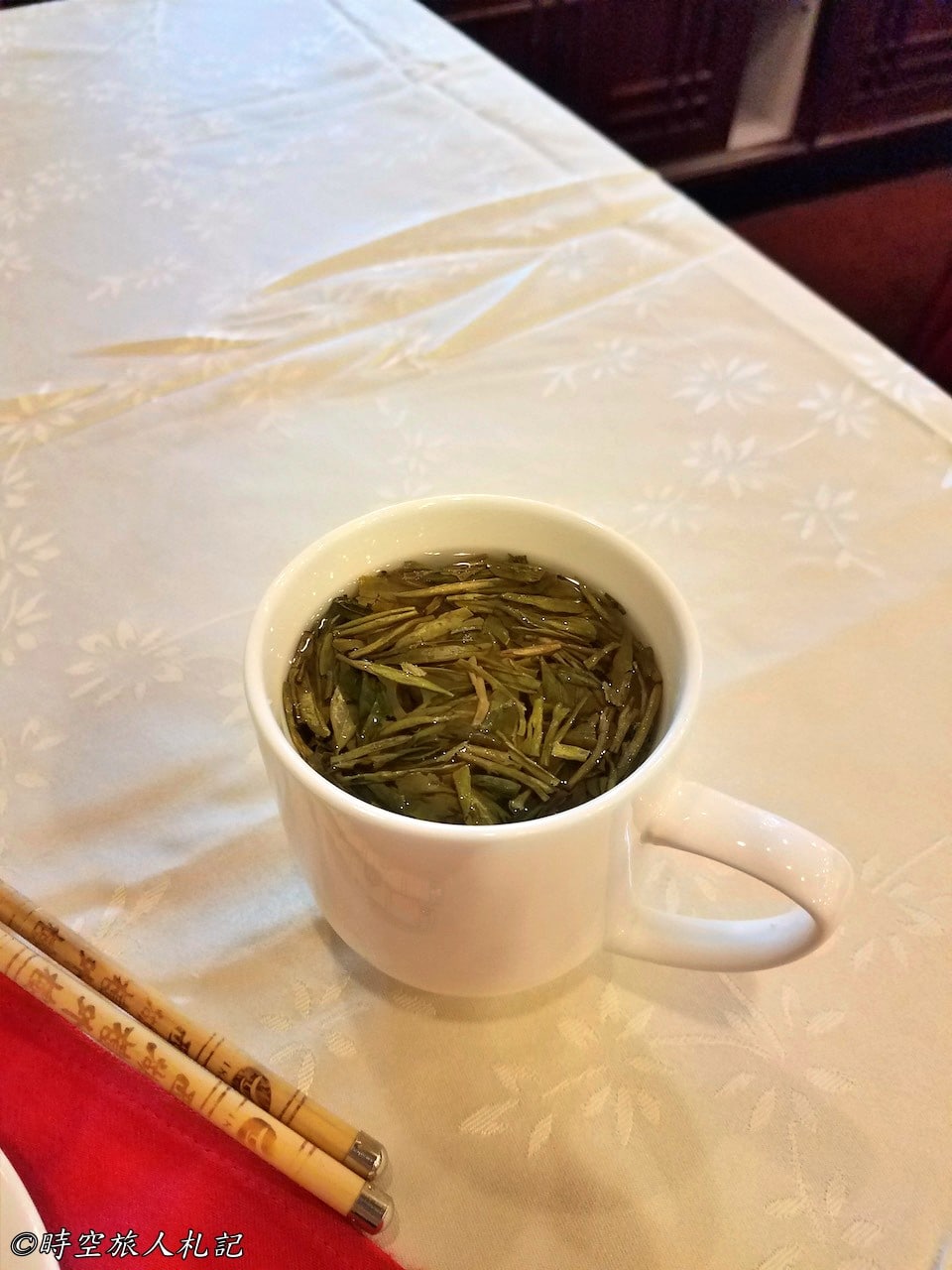

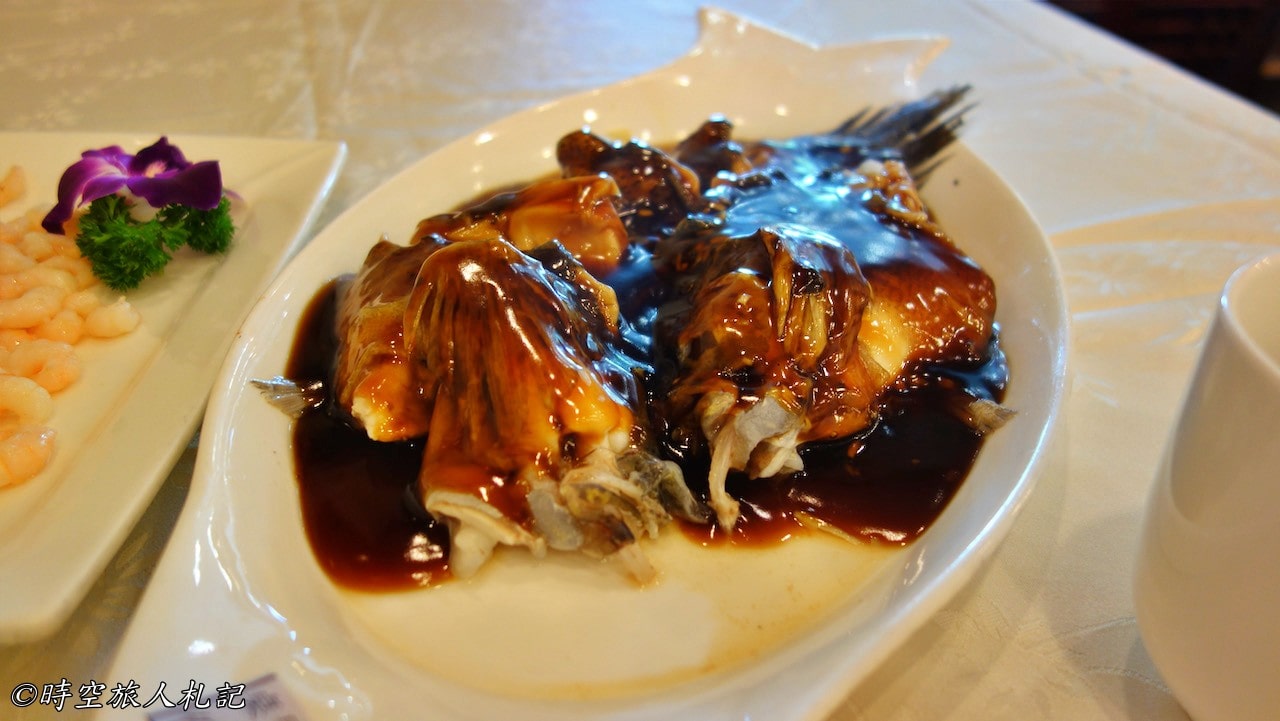
- More ChinaTravel Articles
Thank you for visiting our website.
All the content on this site is original and shared with the purpose of providing valuable information. We sustain the operation of this site through a small amount of advertising and sponsored links. If you click on links to third-party merchants on our site and make purchases, we may receive a portion of the sales as a commission. If you click on links to third-party merchants on our site and make purchases, we may receive a portion of the sales as a commission.
Find more posts on a map Here.
My recommended resources for hotel bookings.
Recommended travel credit card for US-based travelers
Travel with just a backpack!
Buy me a coffee and support my contents!
If you are interested in quoting this article or using any part of its content and images on your website or publication, please contact us via email to request permission.